Personal Trainers in Los Angeles, CA
Schedule Your
Free Consultation
Now Offering
In-Person & Virtual Consultations
Submit your request today to set up a live video, phone call, or in-person consultation with one of our coaches!
Why Choose Hybrid Gym Los Angeles?
HYBRID Gym Los Angeles isn’t just another gym — it’s a private, premium training facility built for people who want real results, personalized support, and an elevated fitness experience.
From day one, you’ll receive individualized attention, science-based coaching, and a team that genuinely cares about your progress. Whether your goal is fat loss, strength, pain-free movement, or a total lifestyle reset, we create a plan tailored specifically to you.
What Sets HYBRID Apart
- Private, high-end facility designed for focused training — no crowds, no chaos.
- FREE consultation to understand your goals and build the right program from the start.
- Two-hour validated parking every visit — a rarity in Downtown LA.
- Online Coaching available, so you can train with HYBRID from anywhere.
- NASM-accredited team of highly qualified, licensed professional trainers.
- Premium equipment selected for performance, safety, and results — no gimmicks, no shortcuts.
- Military, veterans, and first responders receive their $200 sign-up fee waived as our thank-you.
At HYBRID, our mission is simple:
To help you get stronger, healthier, and more confident — with expert guidance every step of the way.
If you're ready to feel and perform your best, we’d love to meet you.
Contact Hybrid to schedule your free consultation today
Personal Training
At Hybrid Gym Los Angeles, personal training is at the core of what we do. Our licensed and experienced professionals craft individualized training programs and nutrition plans that cater to your unique goals and fitness levels.
Whether you're a beginner looking to start your new fitness journey or a seasoned athlete aiming to enhance your performance, our trainers provide expert guidance and motivation. The personalized approach ensures that every workout is effective and aligned with your objectives.
Small Group Classes
Our small group classes offer a dynamic, engaging way to stay fit while enjoying the camaraderie of like-minded individuals. Limited to a small number of participants, these classes ensure personalized attention from our experienced trainers.
Each session is designed to challenge you and push your limits in a supportive and energetic environment, making fitness fun and effective. If you're interested in Boxing, Muay Thai, HIIT, or Mobility & Flexibility, reach out today.
Semi-Private Training
For those who prefer a more intimate setting, our semi-private classes are the perfect solution. With fewer participants than our small group classes, our 6 Week Shred program strikes a balance between personalized attention and group interaction.
The semi-private setting allows for tailored workouts that include personalized nutrition plans which address your specific needs while fostering a sense of community and support among participants.
Online Training
Hybrid Gym Los Angeles understands the importance of flexibility in today's fast-paced world. Our online training programs offer the convenience of professional guidance from the comfort of your home or wherever you may be.
Our expert coaches tailor your training program and nutrition plan to ensure you hit your fitness goals. Experience the same level of dedication and expertise from our trainers, no matter where you are.
Call Our Personal Trainers in Downtown Los Angeles, CA
Ready to take control of your health and fitness goals? Contact Hybrid Gym Los Angeles to schedule your free in-person or virtual consultation. Whether you're interested in personal training, small group sessions, semi-private classes, or flexible online coaching, our certified professionals are here to guide you every step of the way. We proudly support active military, veterans, and first responders by waiving our $200 sign-up fee.
Located in the heart of Los Angeles, we offer convenient two-hour validated parking and fast response times via call or text. Our gym is fully equipped with premium name-brand machines and NASM-accredited trainers who tailor every workout to your specific needs. Get started today and experience a personalized fitness approach designed to elevate your strength, endurance, and well-being. Call our personal trainers in Downtown Los Angeles, CA to learn more.
Here's what our satisfied customers are saying...
At Hybrid Gym Los Angeles, we take pride in providing exceptional personal training and workout solutions to our customers. We would be grateful if you could share your thoughts about our gym with others. Your feedback helps us improve and helps others make informed decisions. Please take a moment to leave a review of Hybrid Gym Los Angeles and let others know what you think.
Elevate Your Fitness Journey at Hybrid Gym Los Angeles
Hybrid Gym Los Angeles proudly serves downtown LA and its surrounding areas, providing the latest in fitness solutions and state-of-the-art gym equipment. Our locally owned, family-operated facility is renowned for its commitment to personalized fitness programs and premium customer service. With a combined experience of over 100 years, our team of licensed professional trainers is dedicated to helping you achieve your fitness goals.
As a NASM-accredited facility, we provide top-notch training and nutrition programs tailored to your specific needs. Our state-of-the-art equipment, including Atlantis Strength, InTek Strength, Booty Builder, and Normatec, ensures that you have the best tools at your disposal during your sessions. Furthermore, our strong community presence is highlighted by our support for organizations such as School On Wheels, Ace of Hearts Dog Rescue, and Breast Cancer Awareness. Our multilingual staff at Hybrid speaks English, Spanish, and German. Please note that all services and pricing are discussed during the initial consultation to ensure a customized approach to your fitness journey.
Call us or fill out our online form to request a FREE estimate. Walk-ins are welcome. To know more, please ask for information, or you can even purchase and attend a one-off small group class.
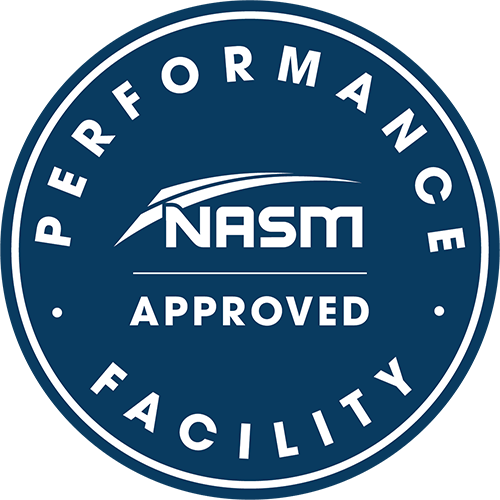

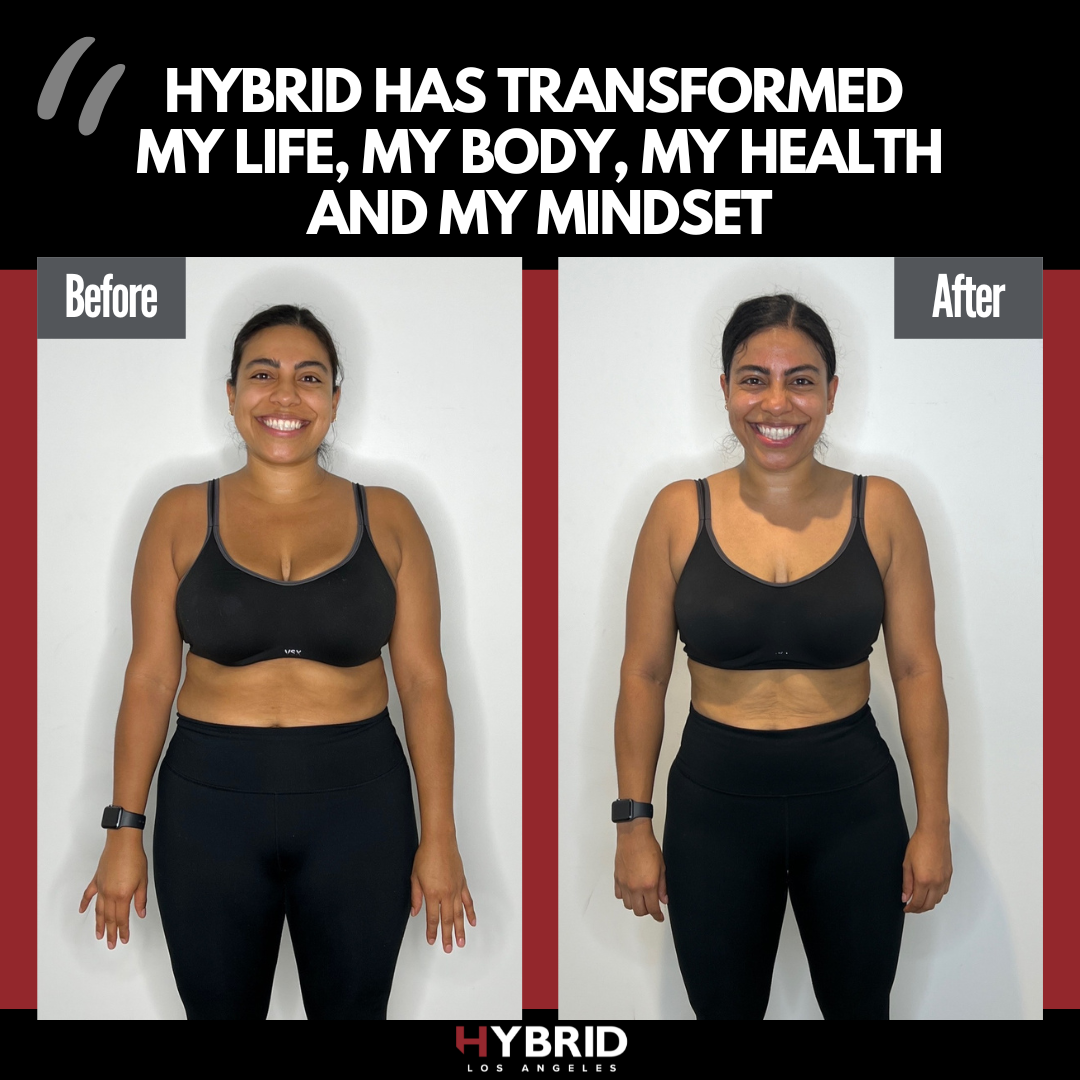
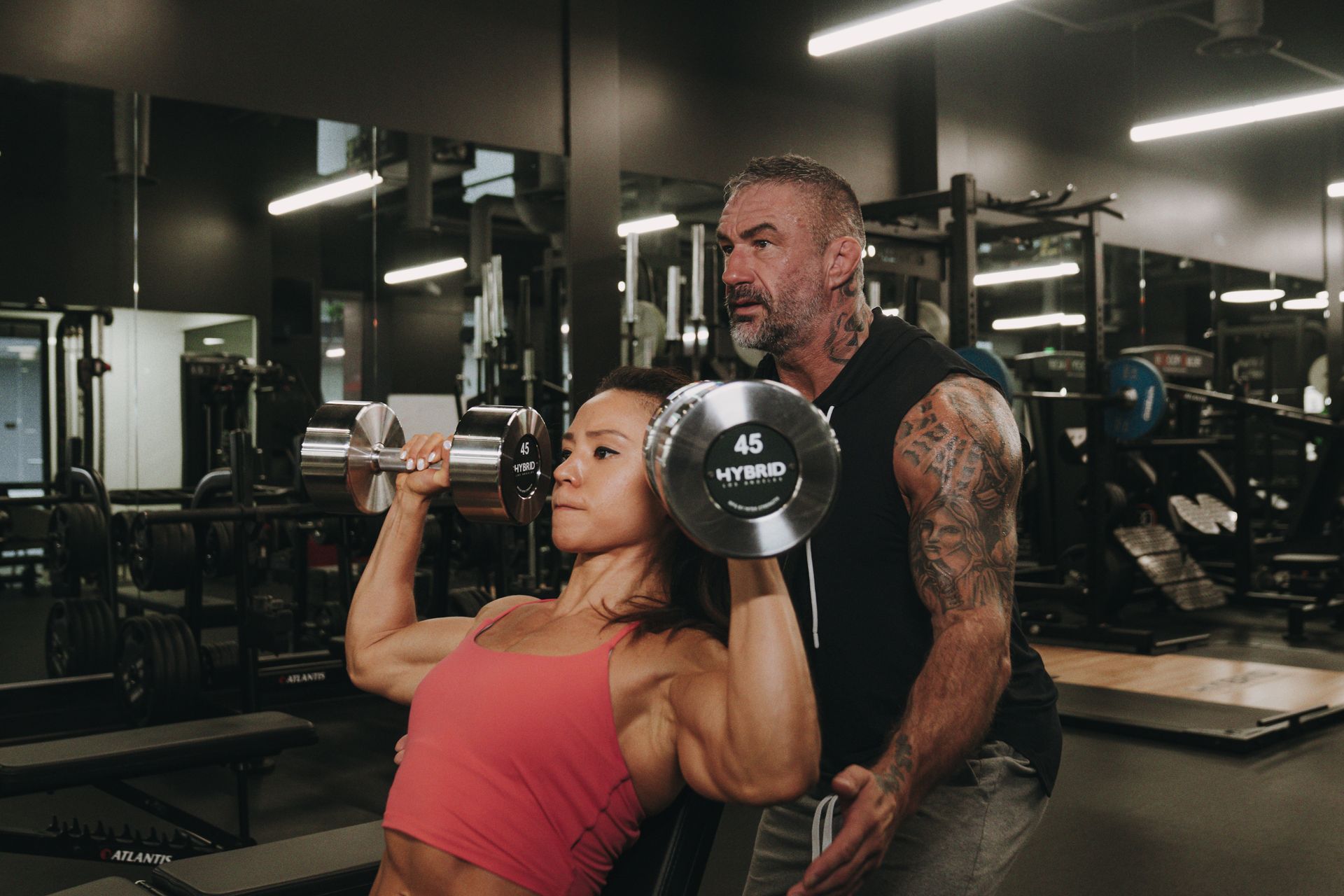
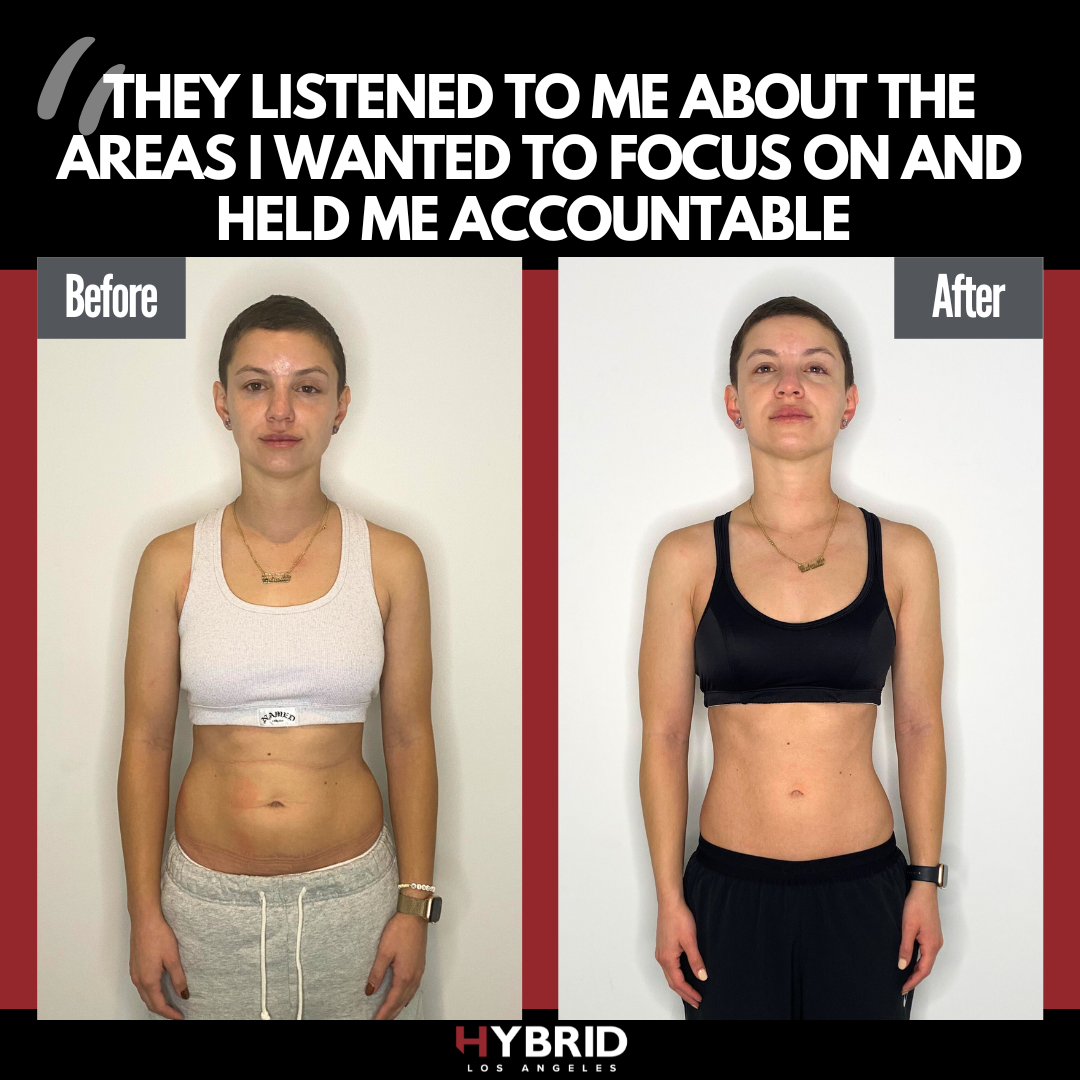
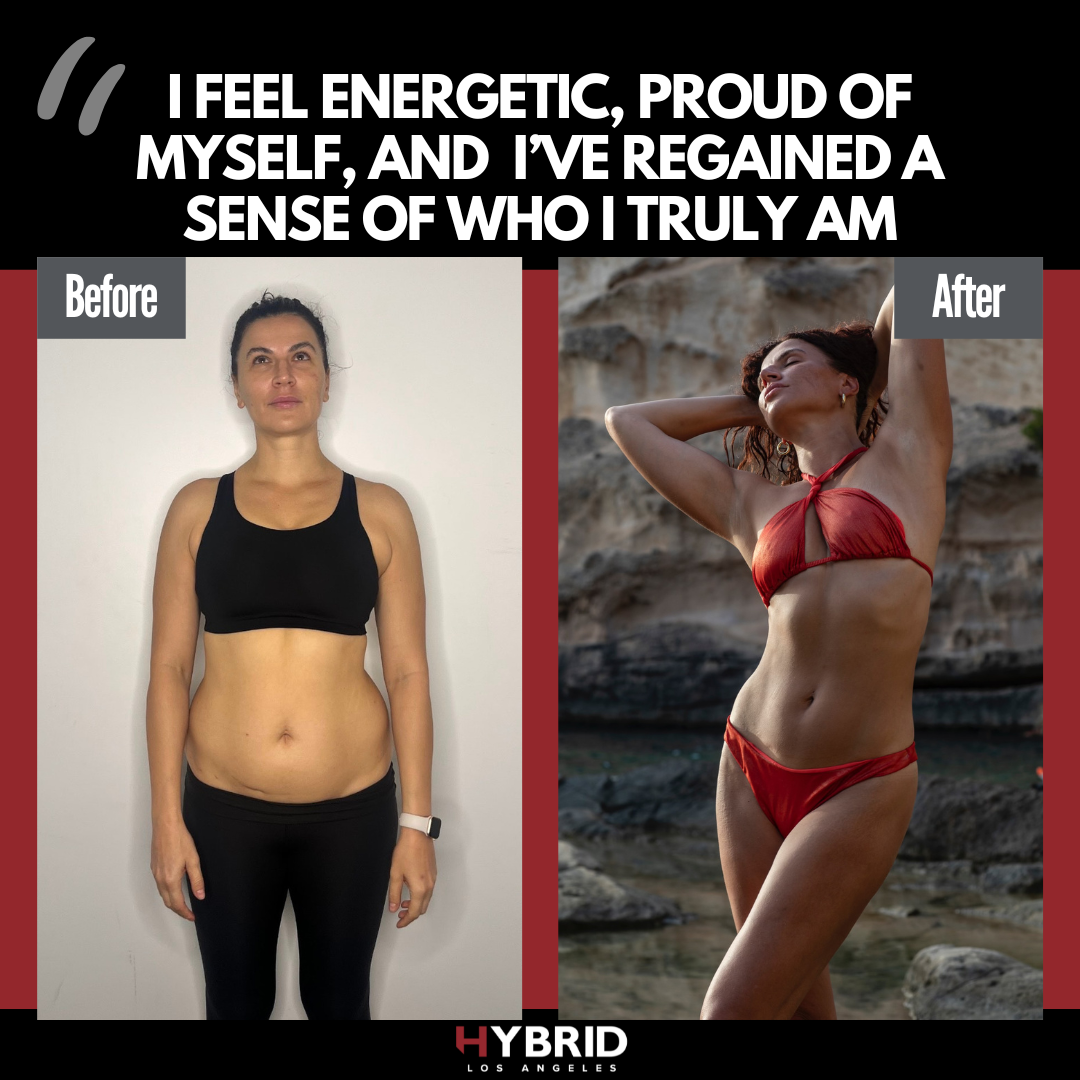
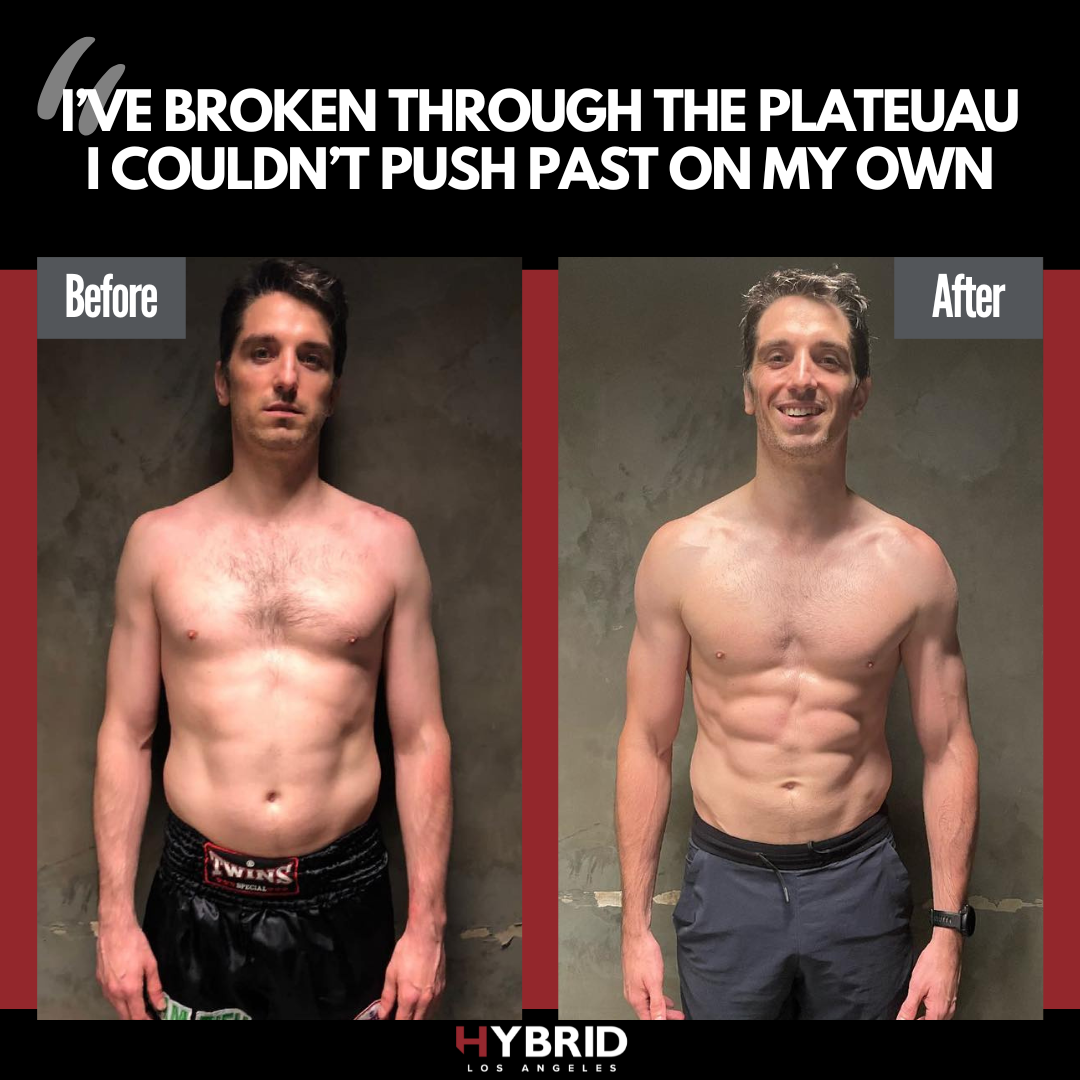
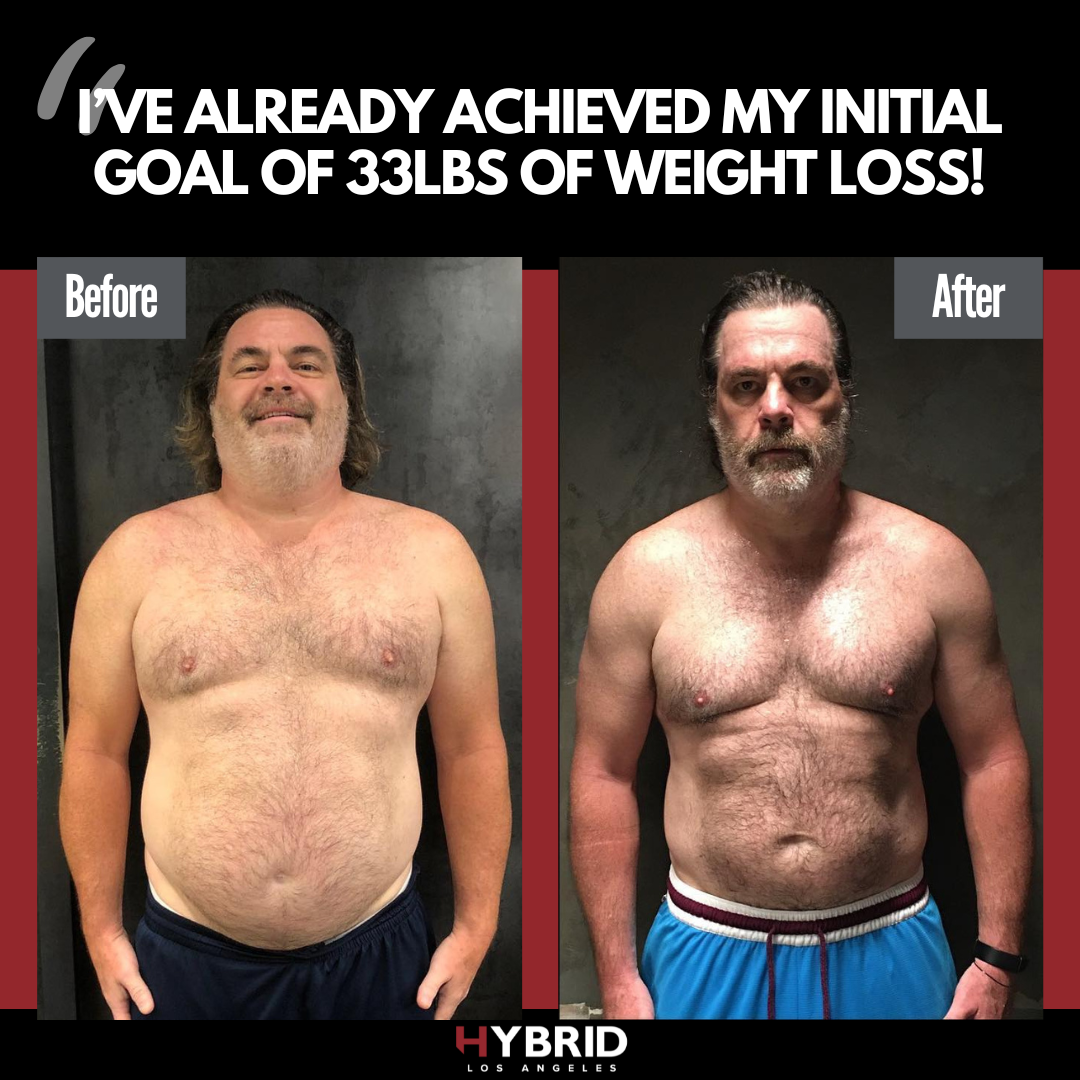
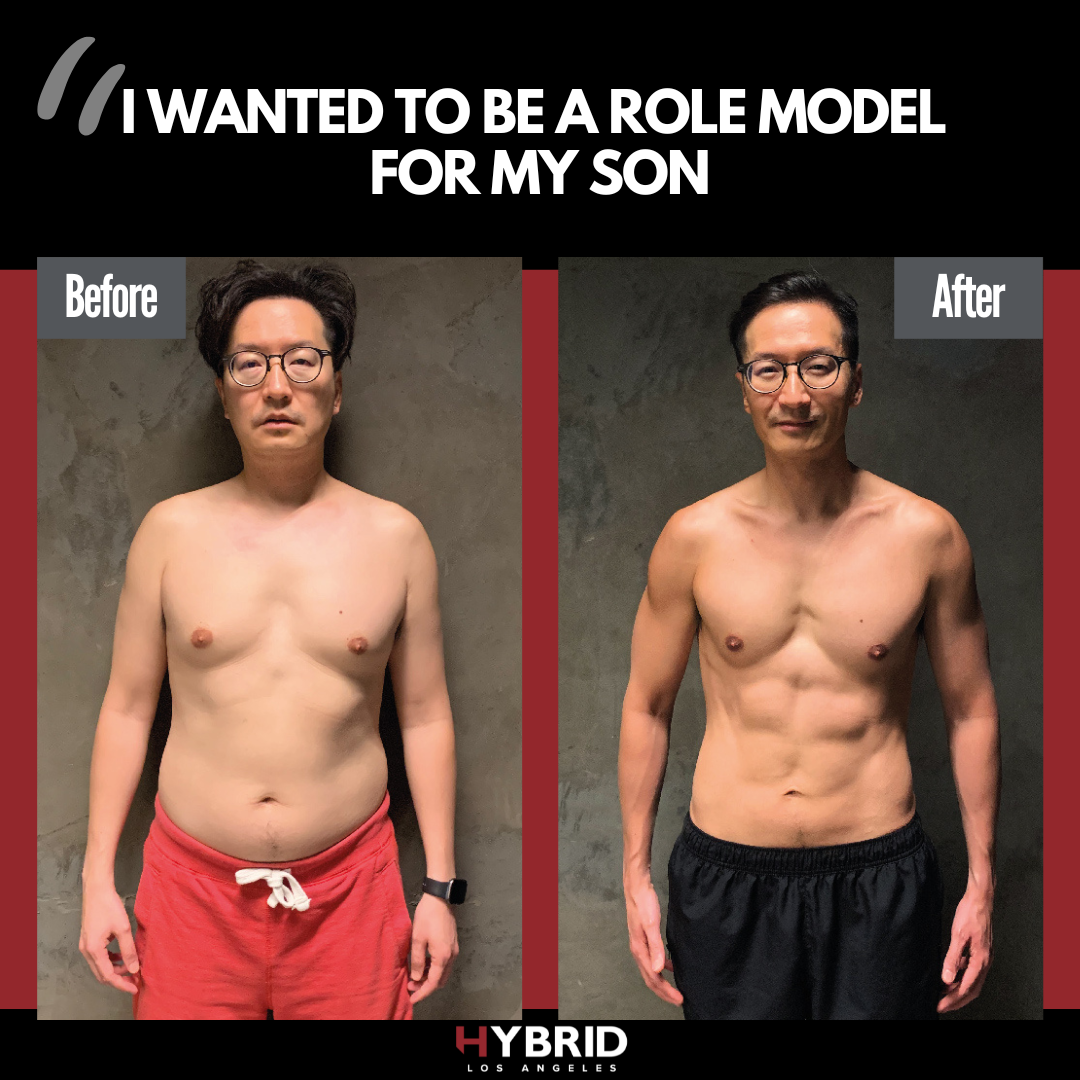
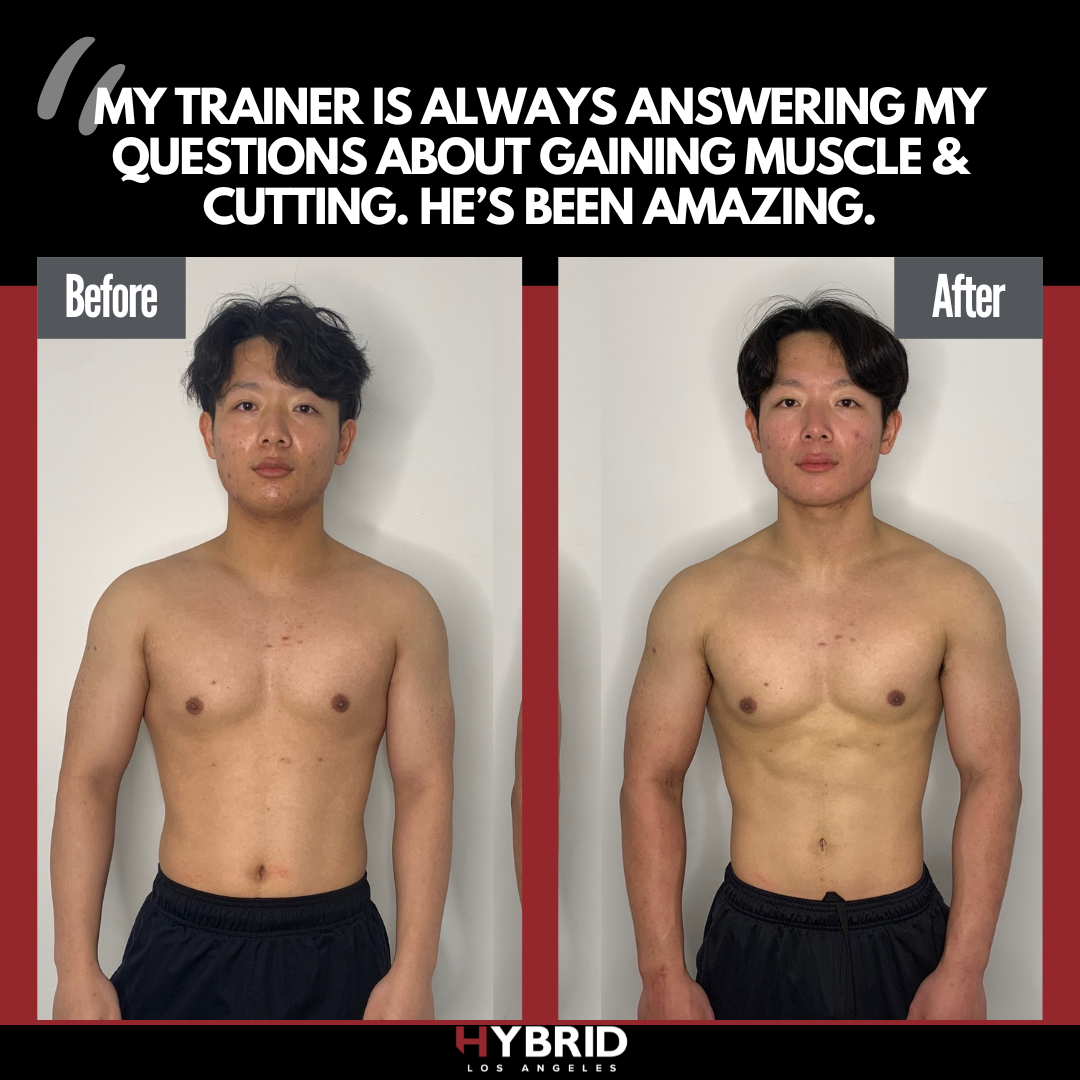
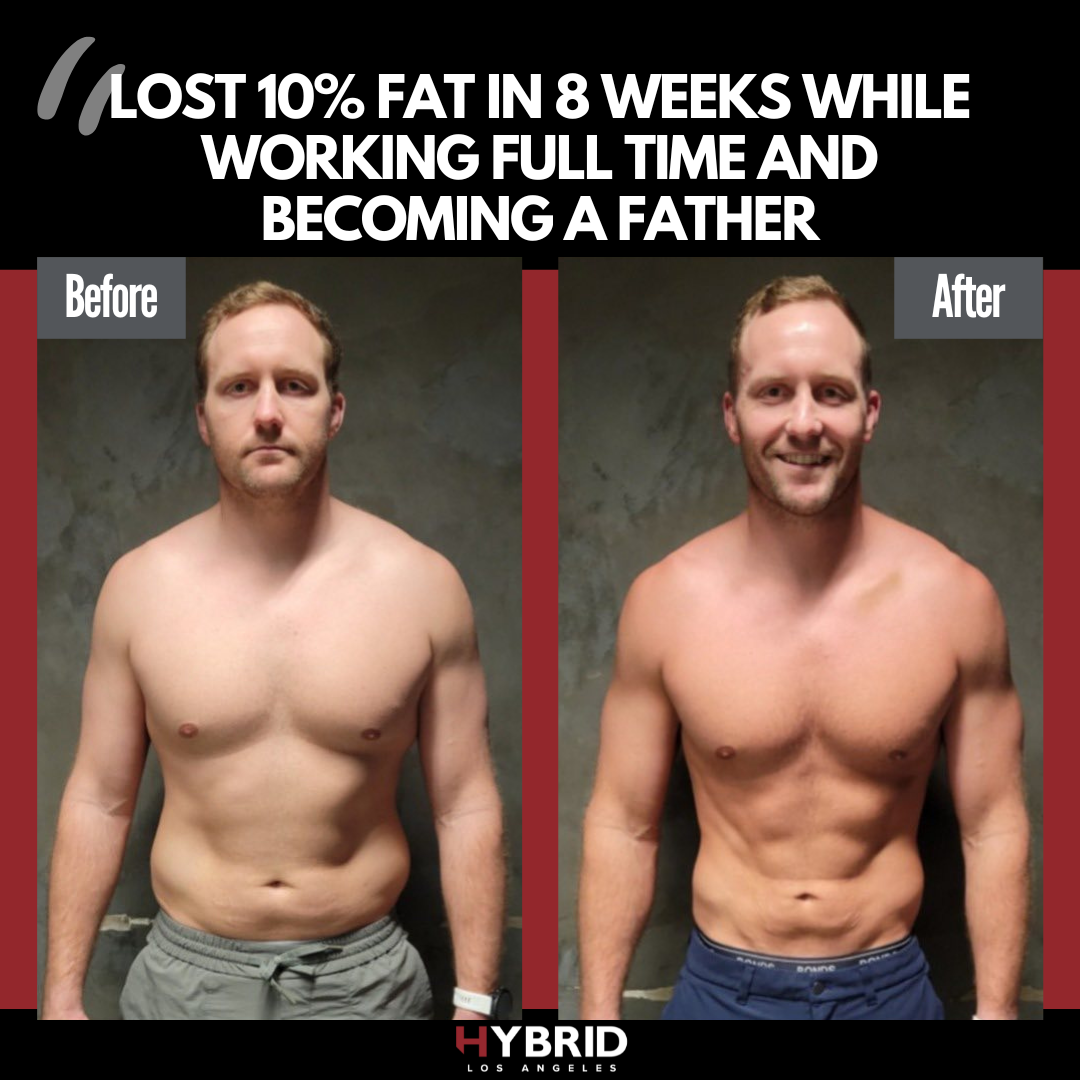
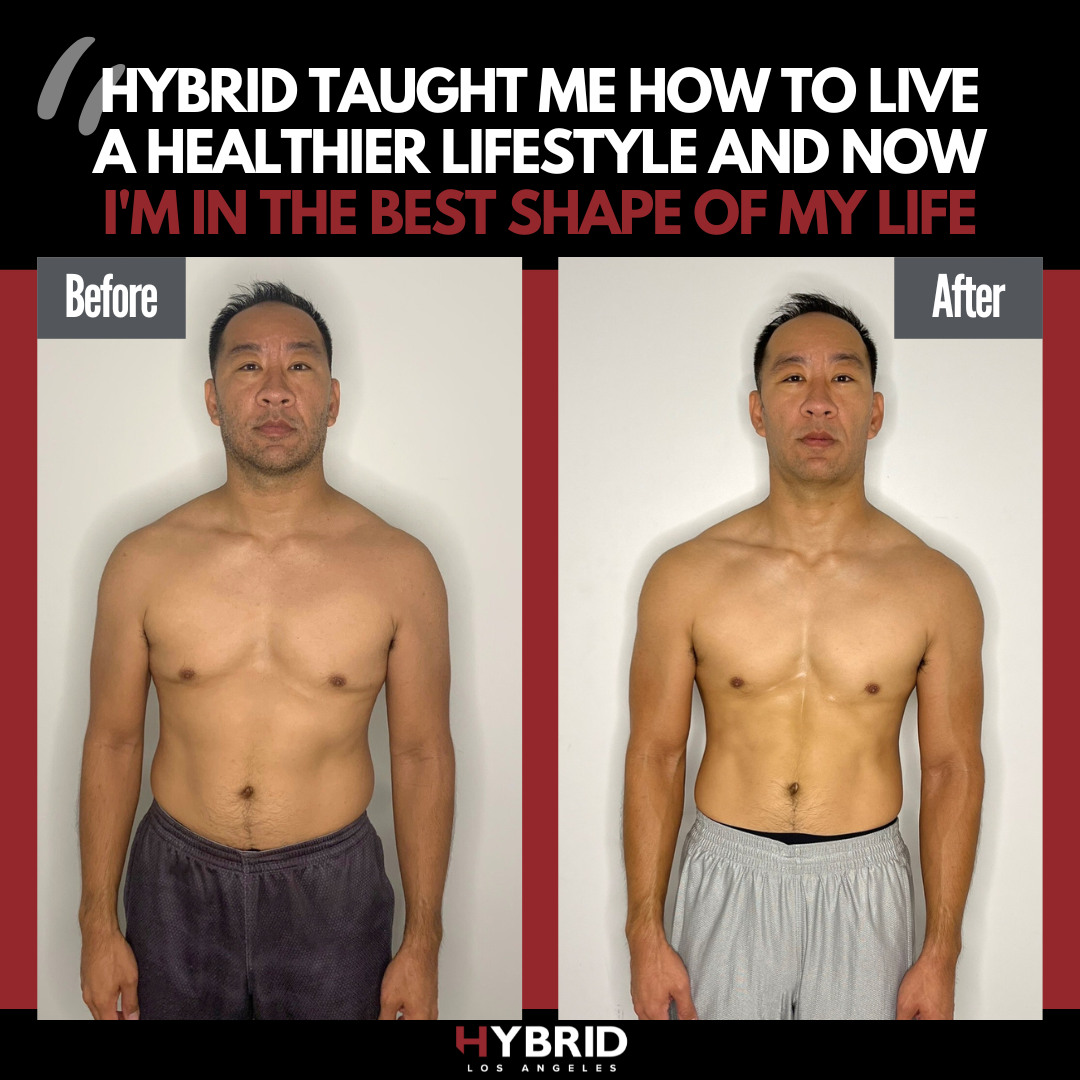
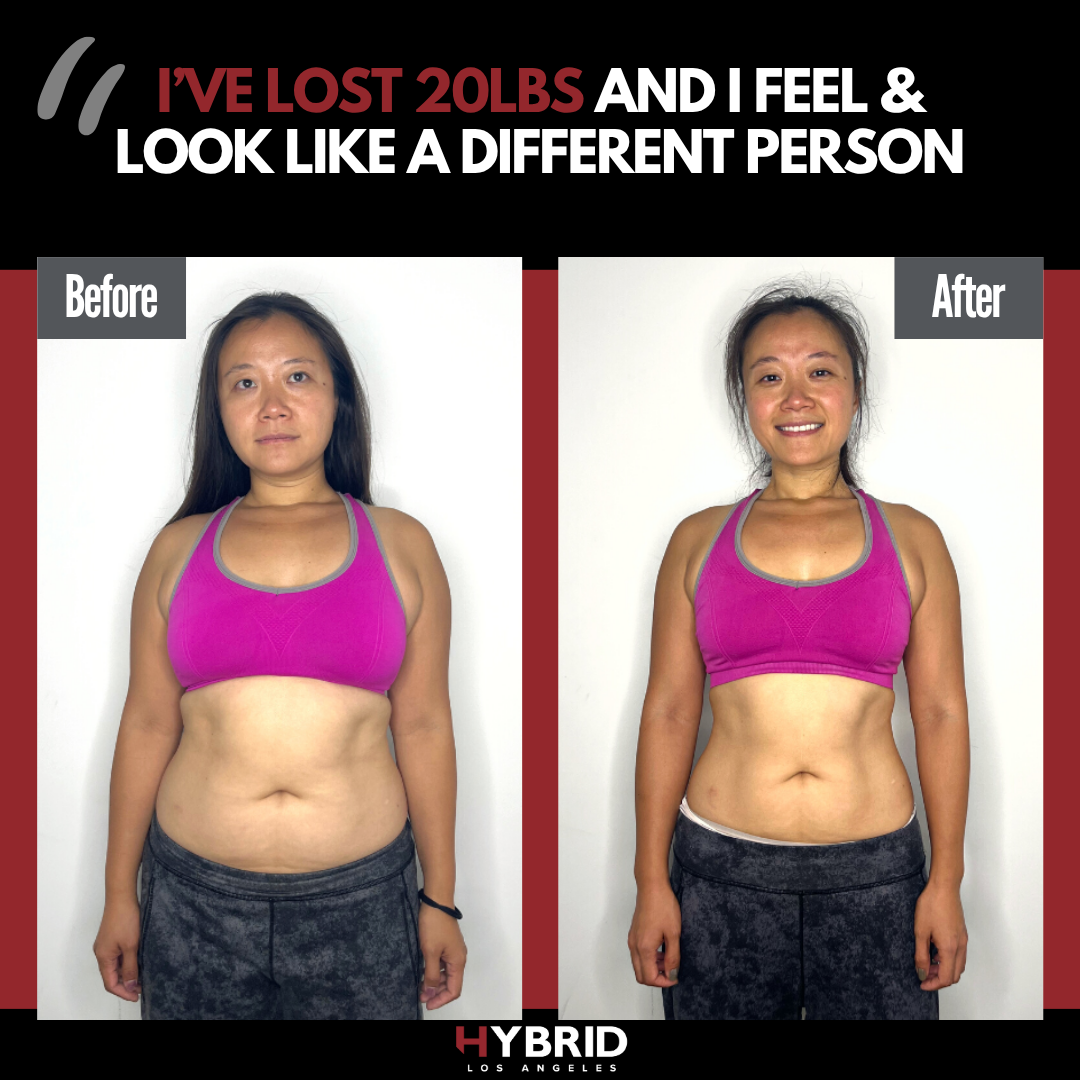
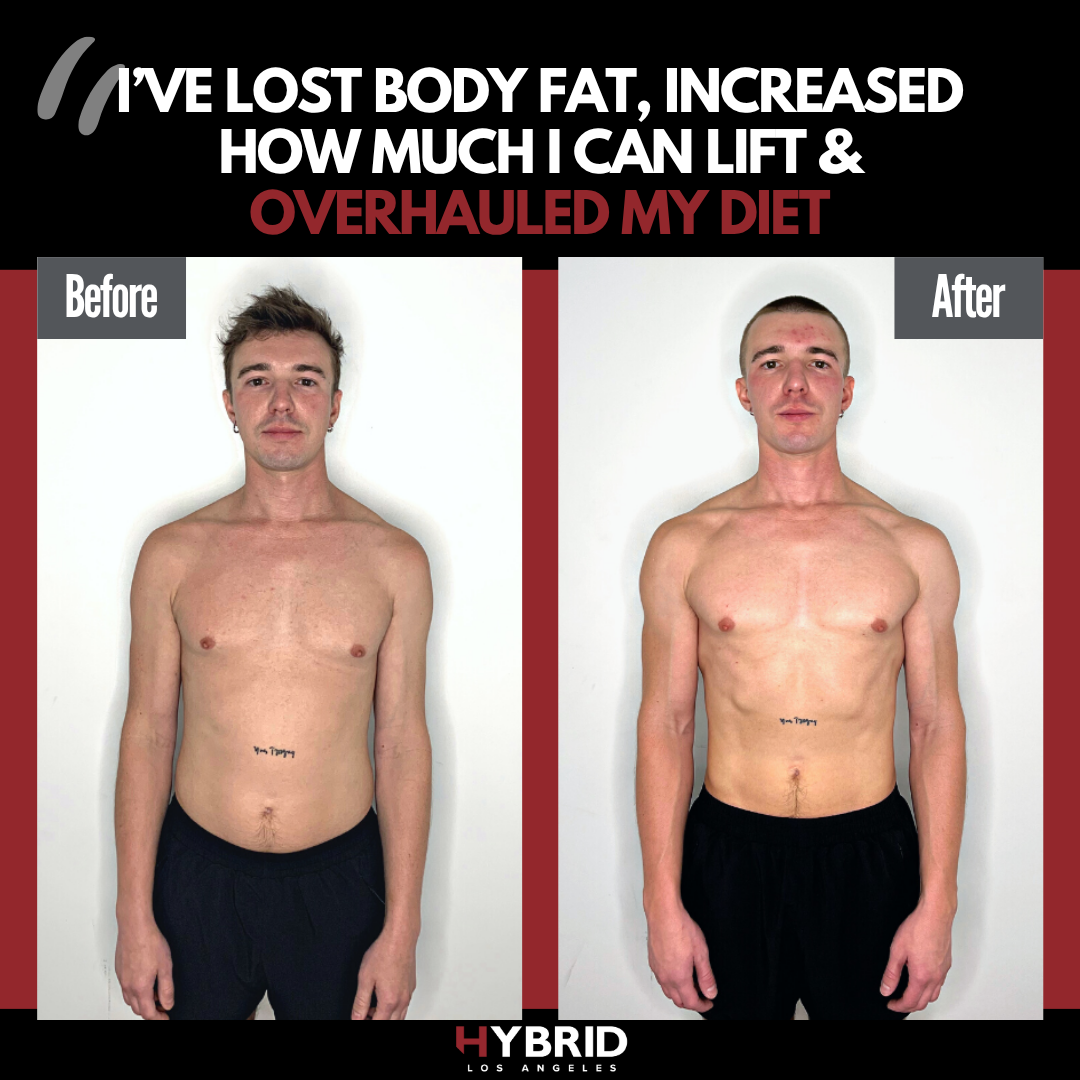
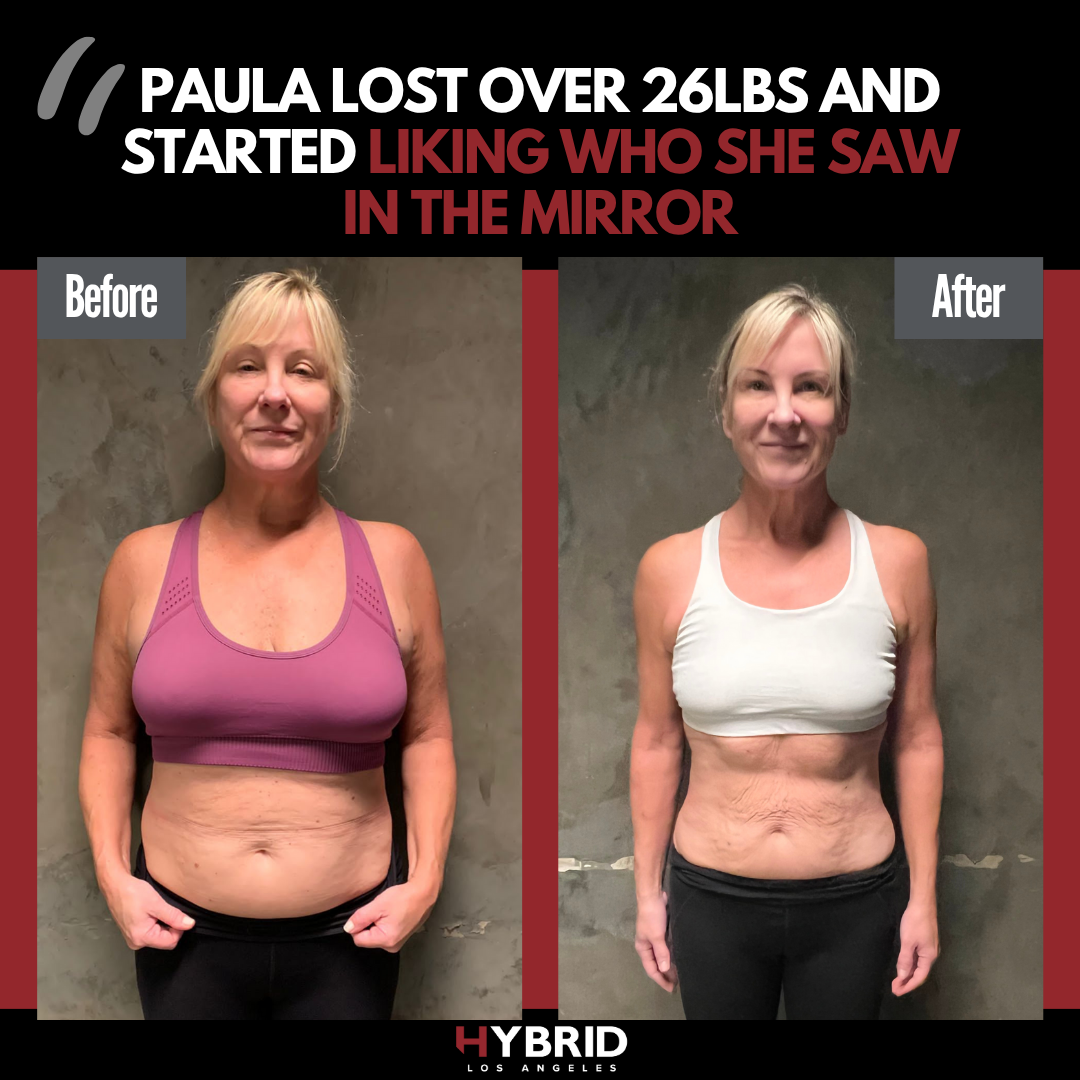
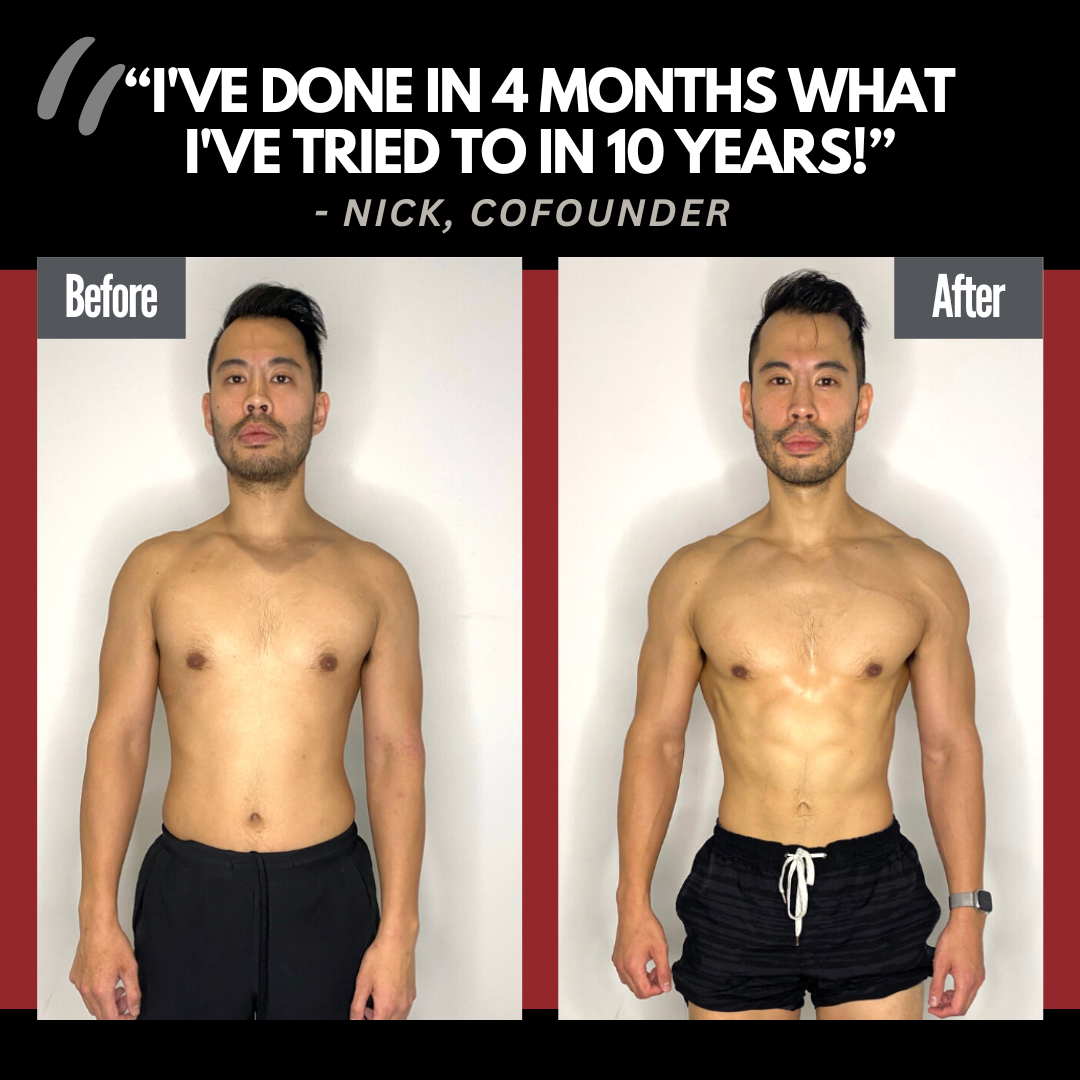
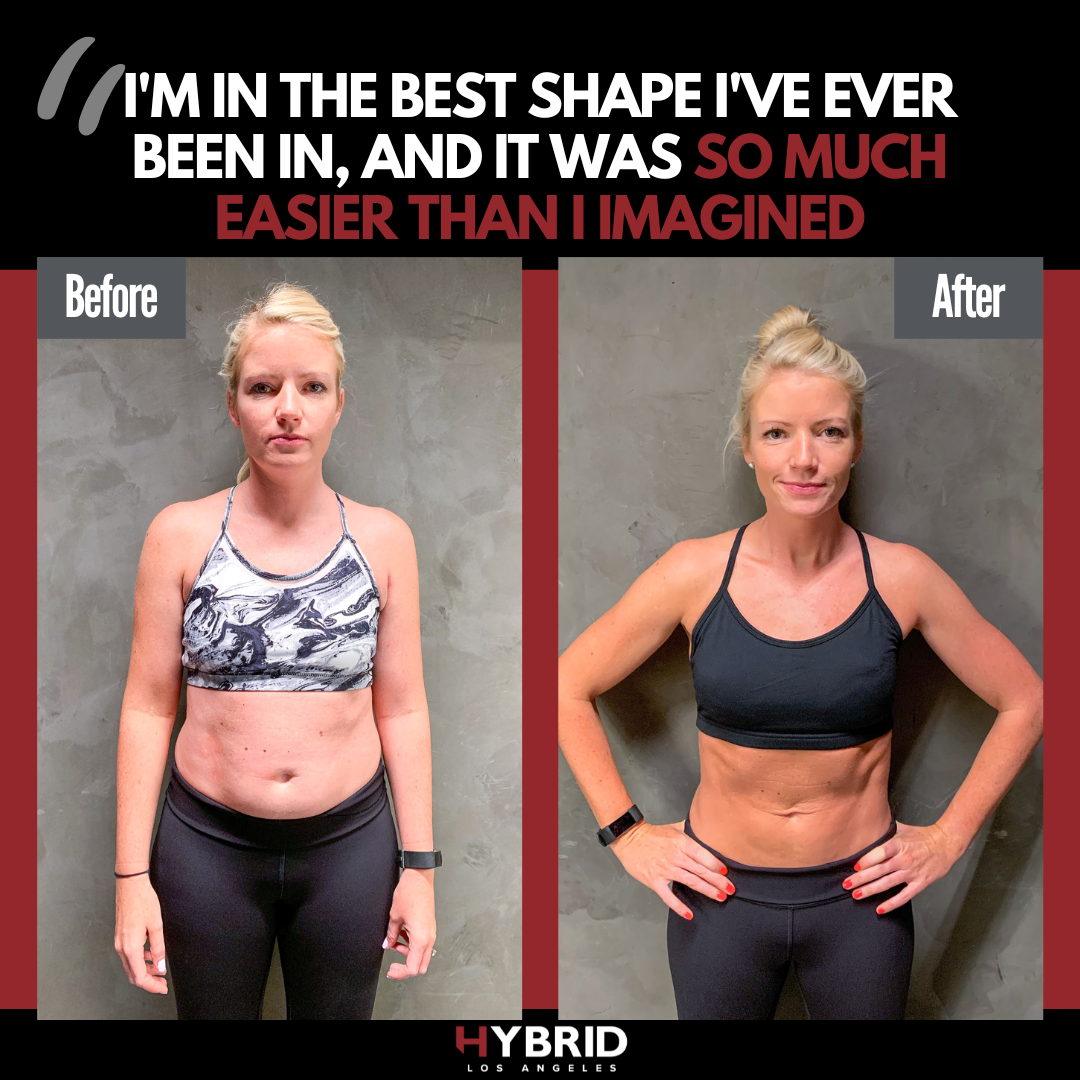
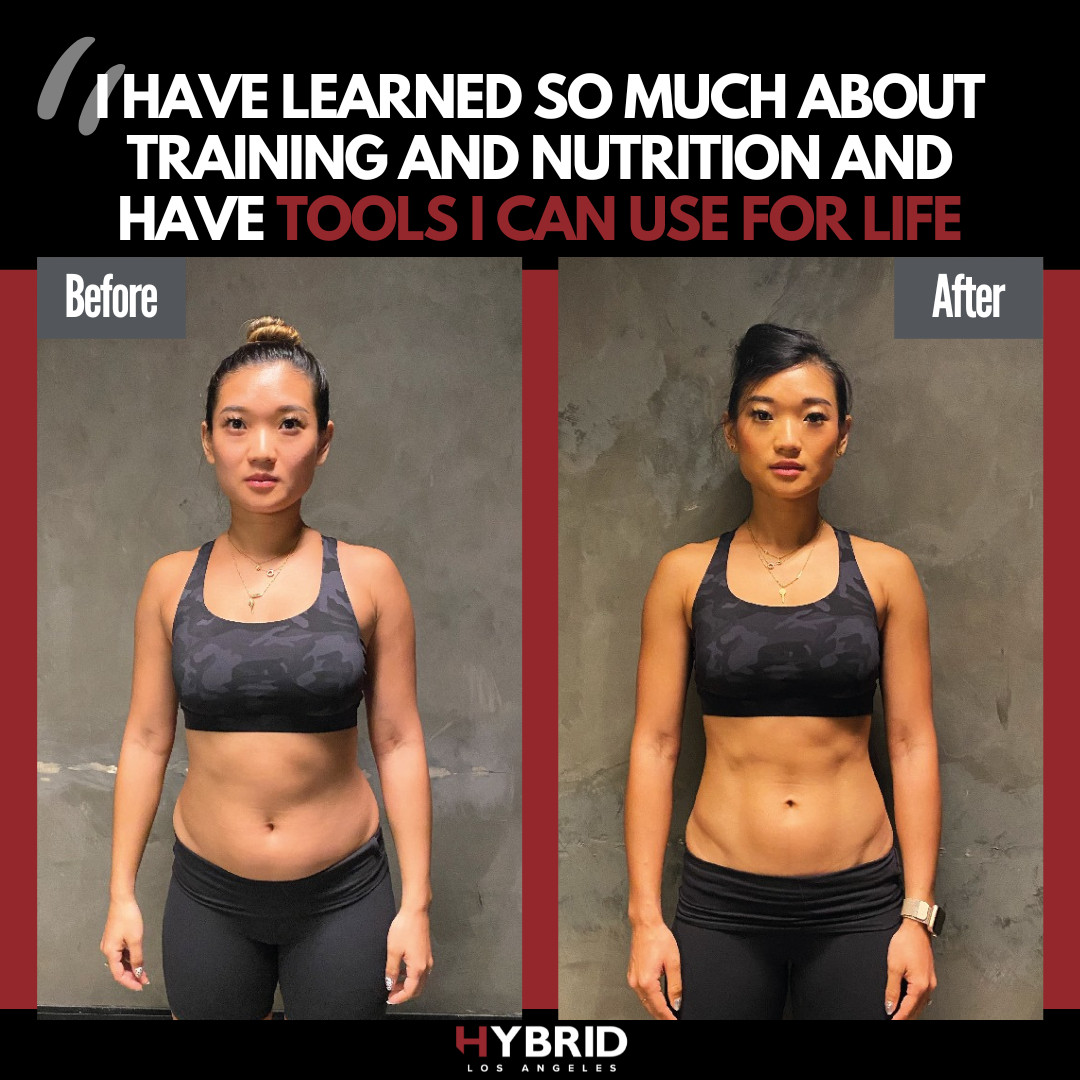
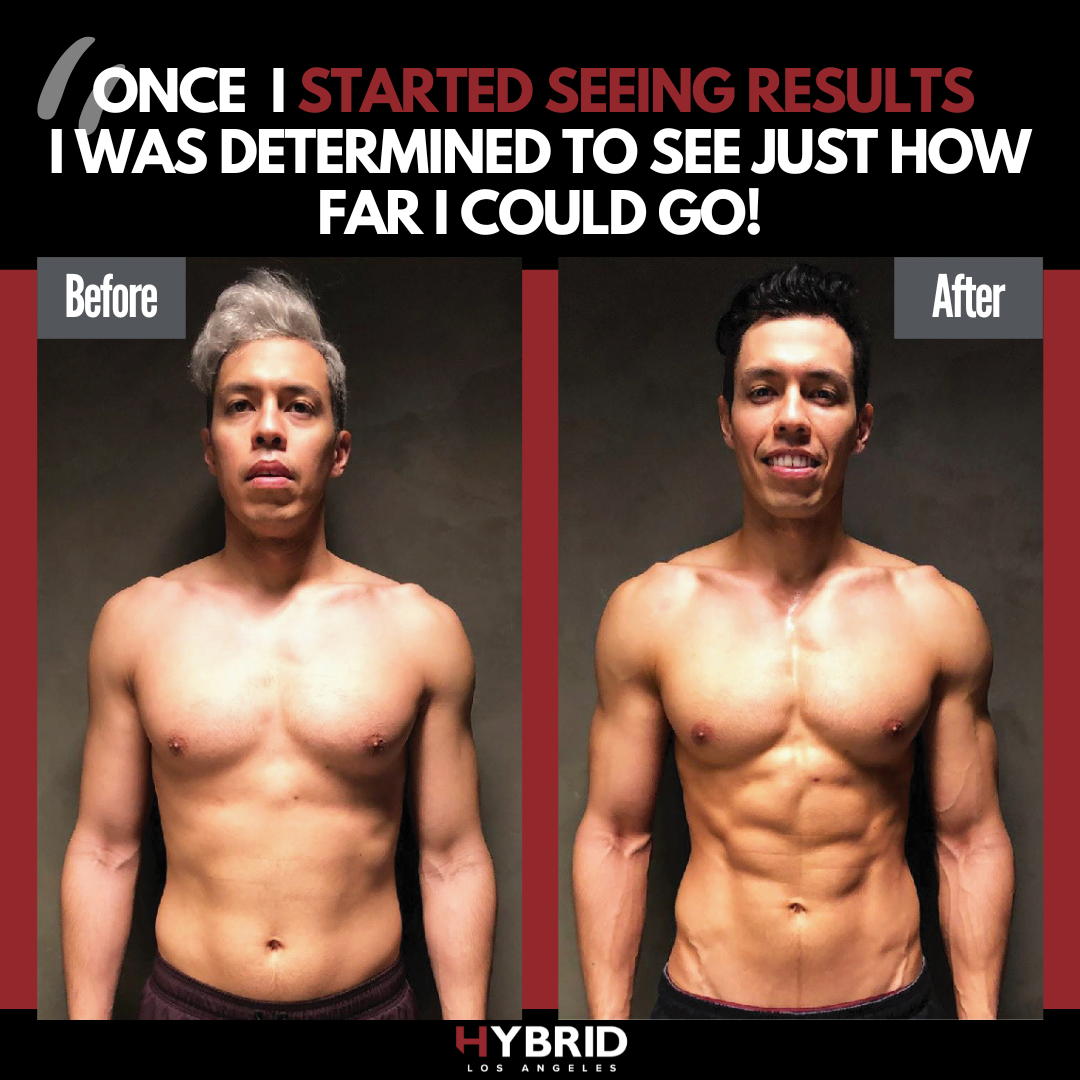
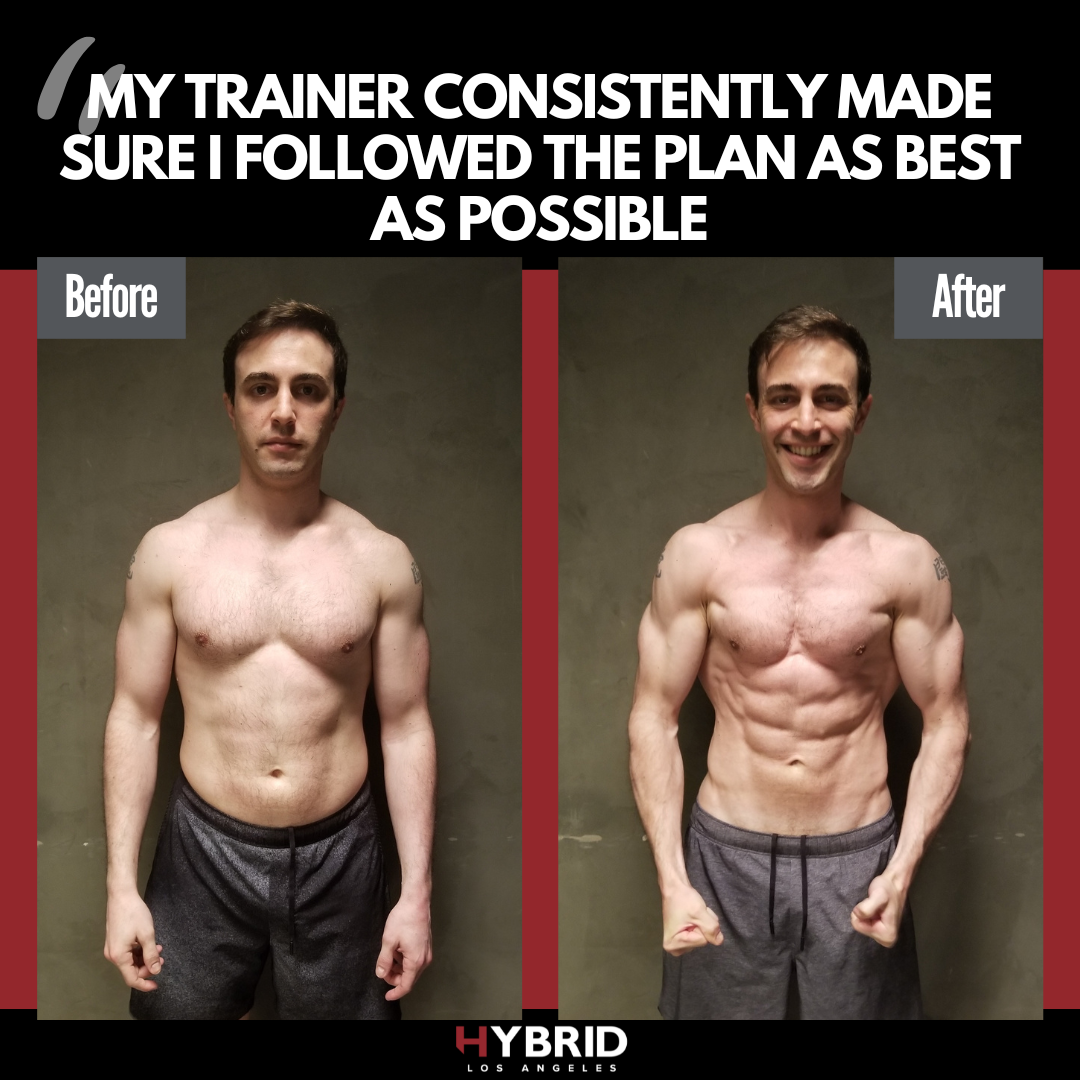
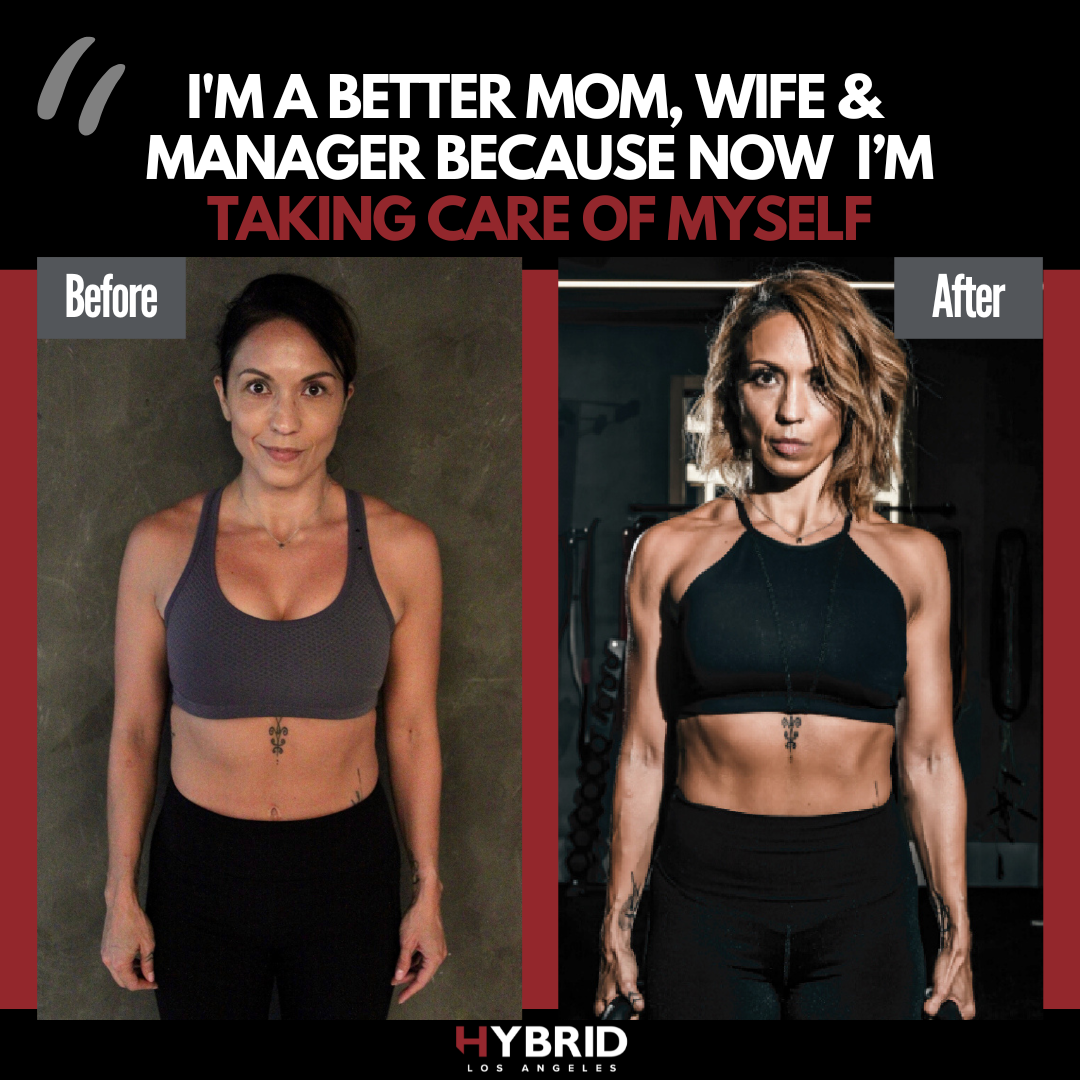
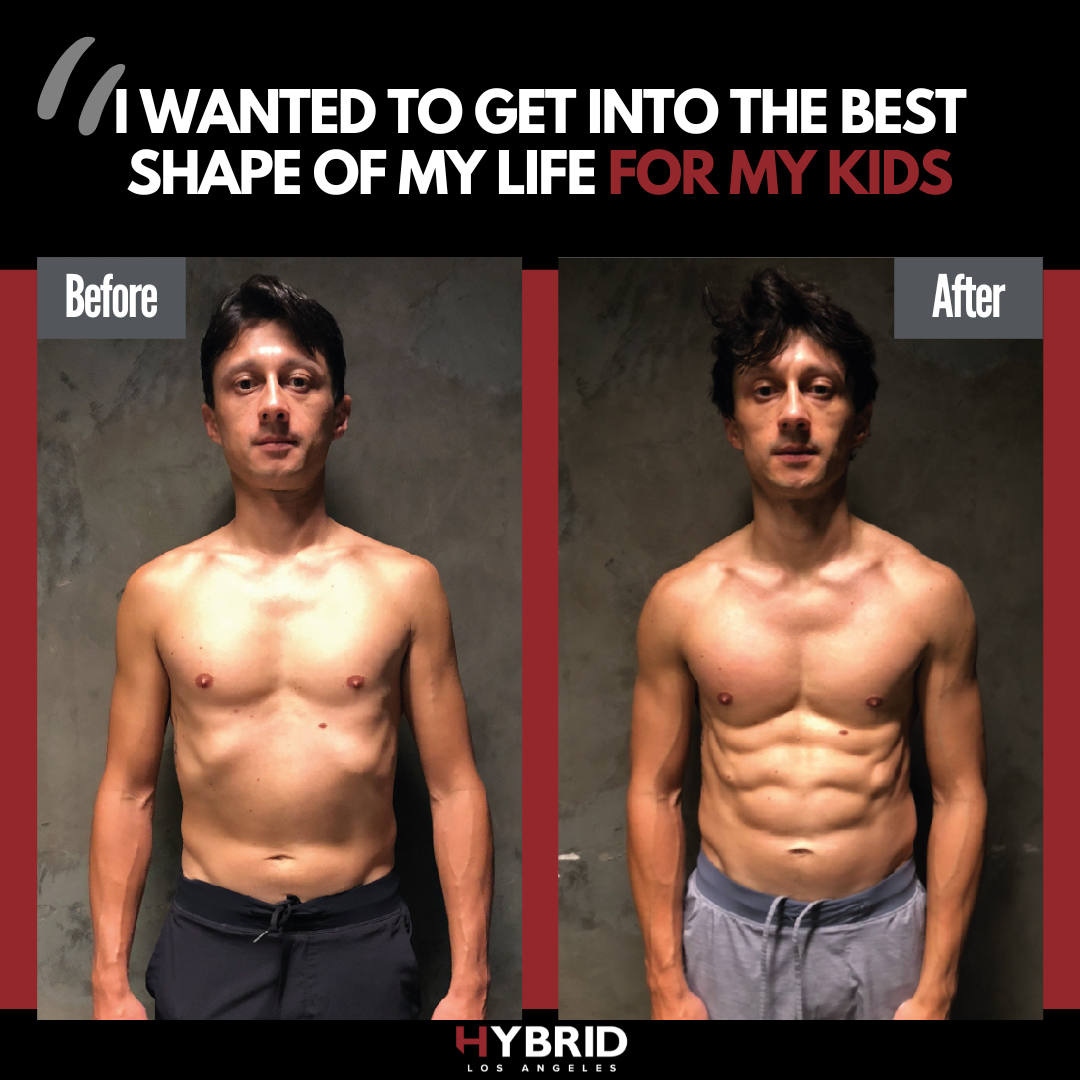
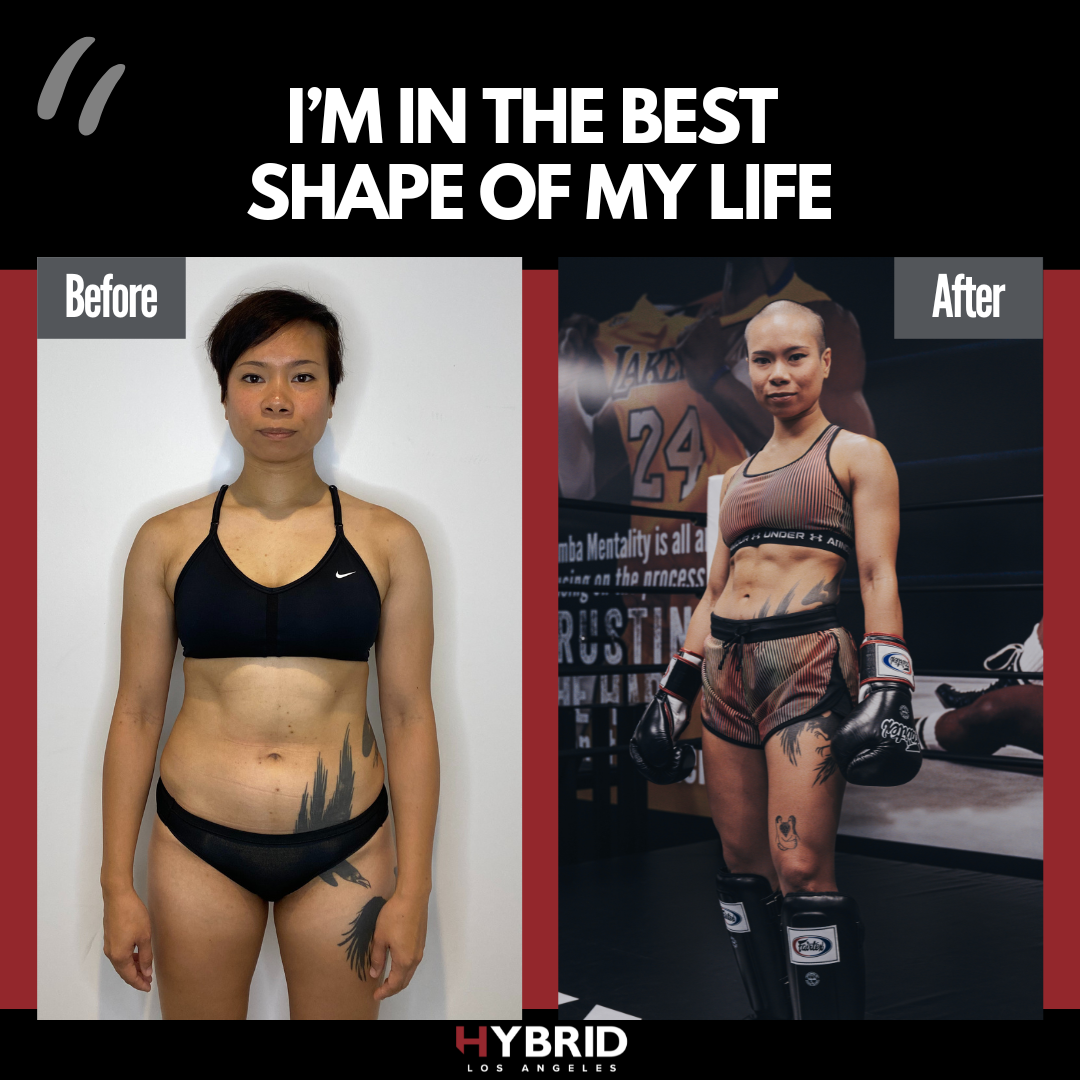
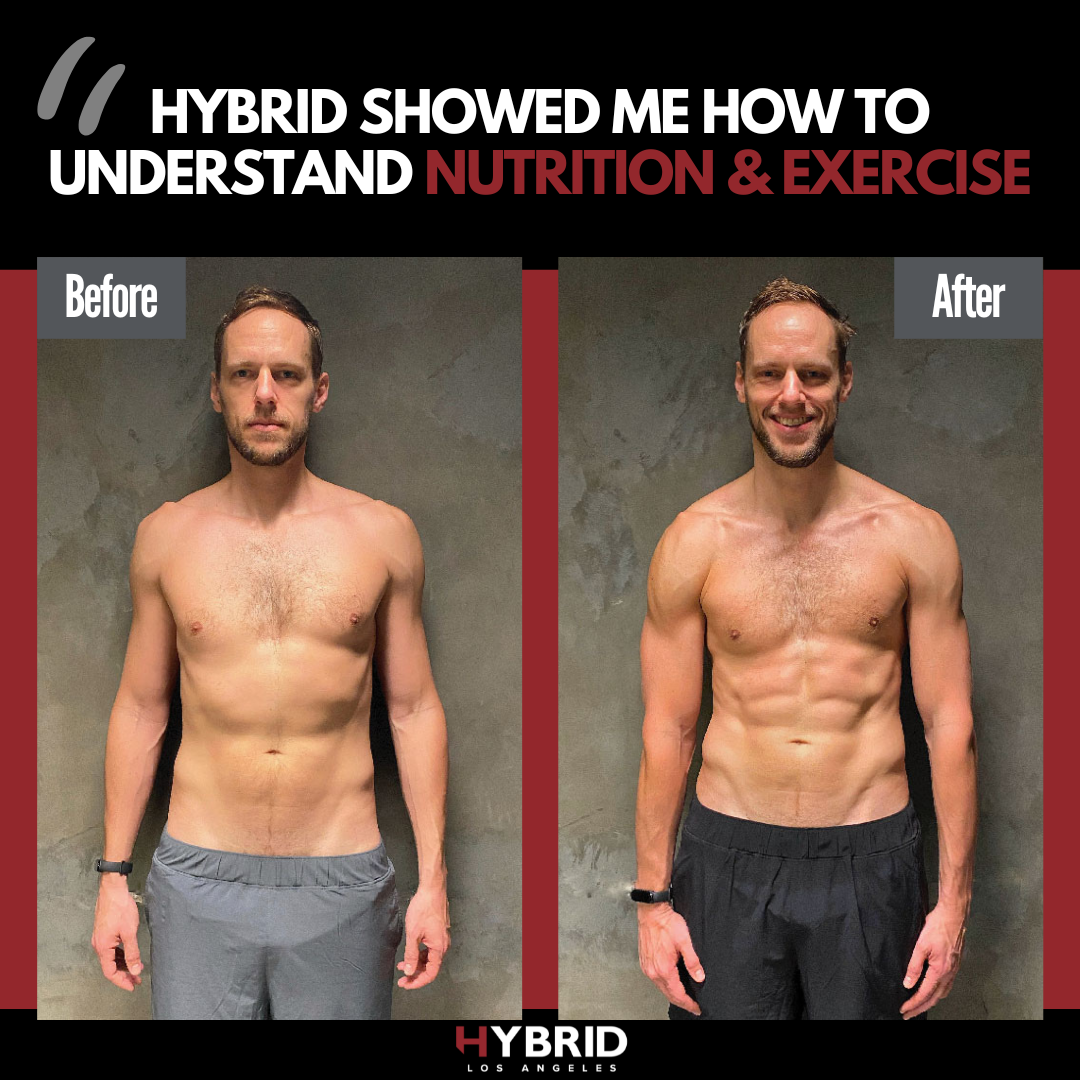
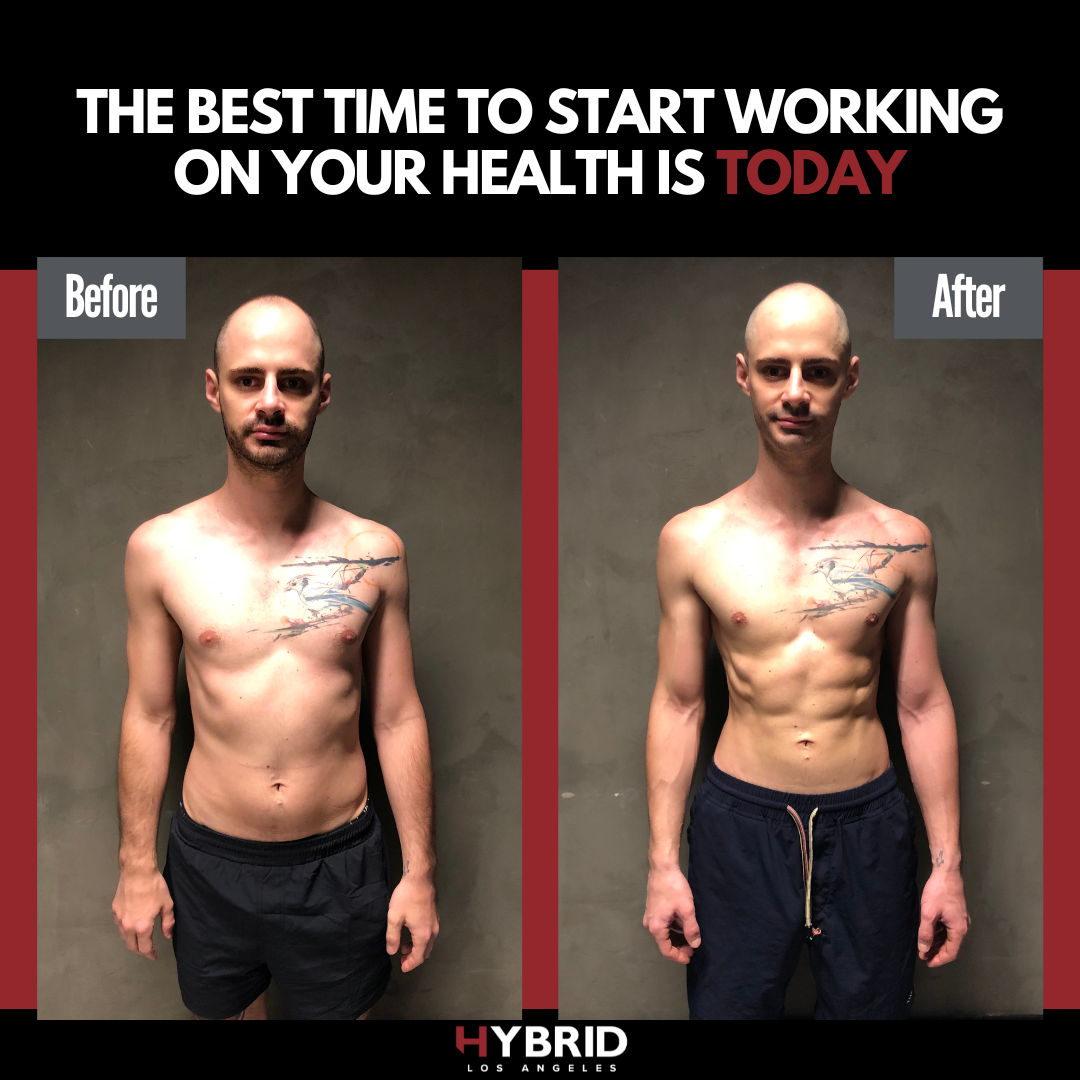
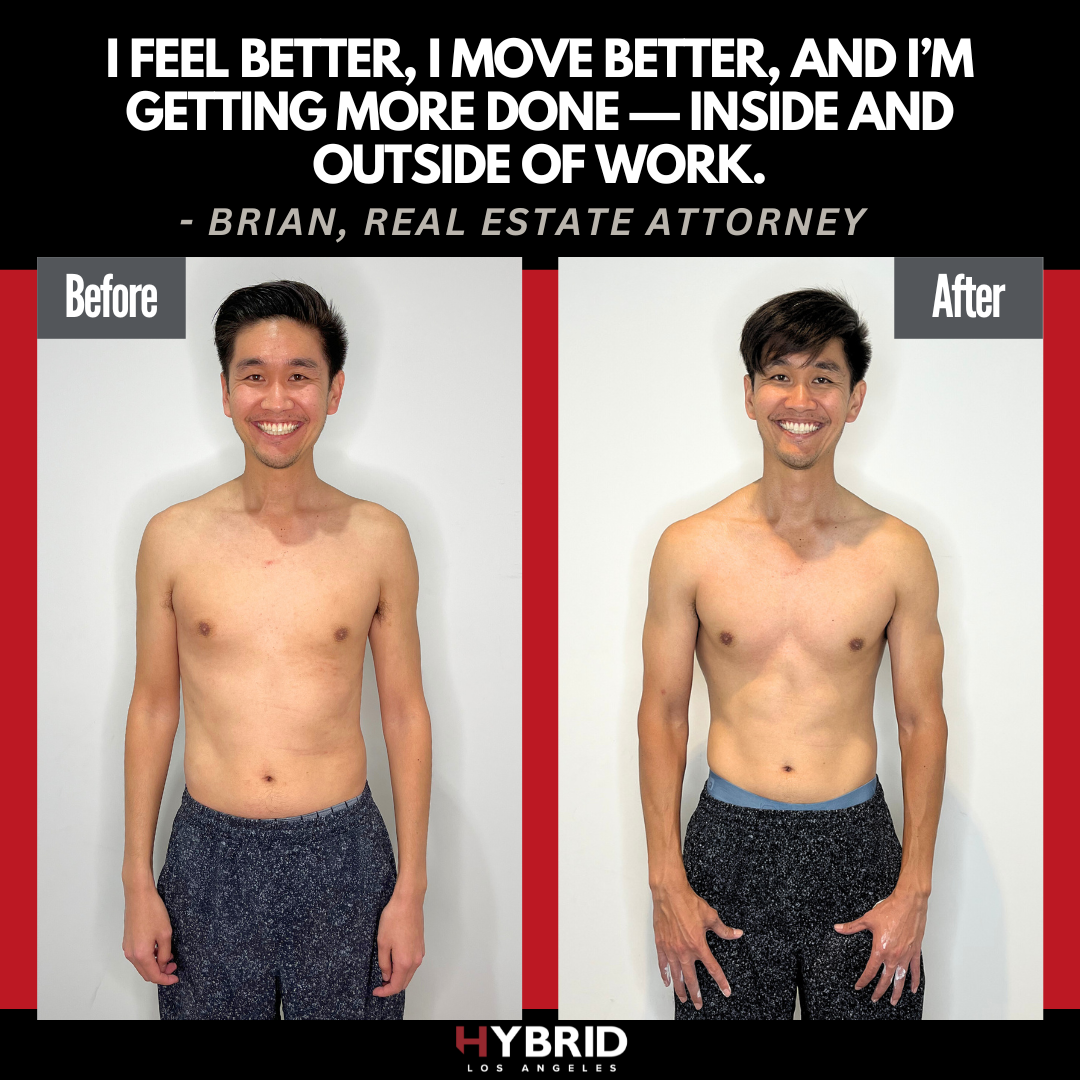
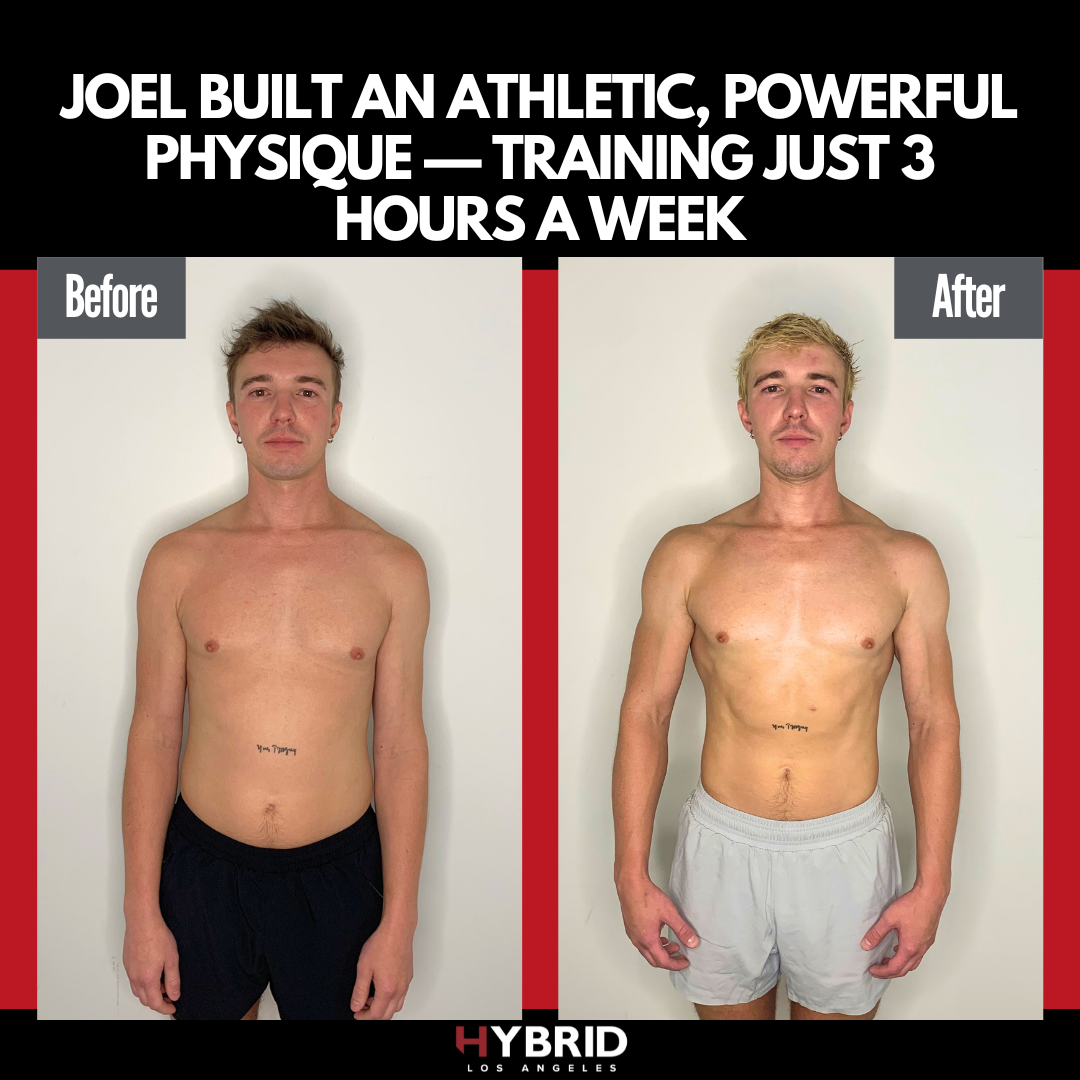
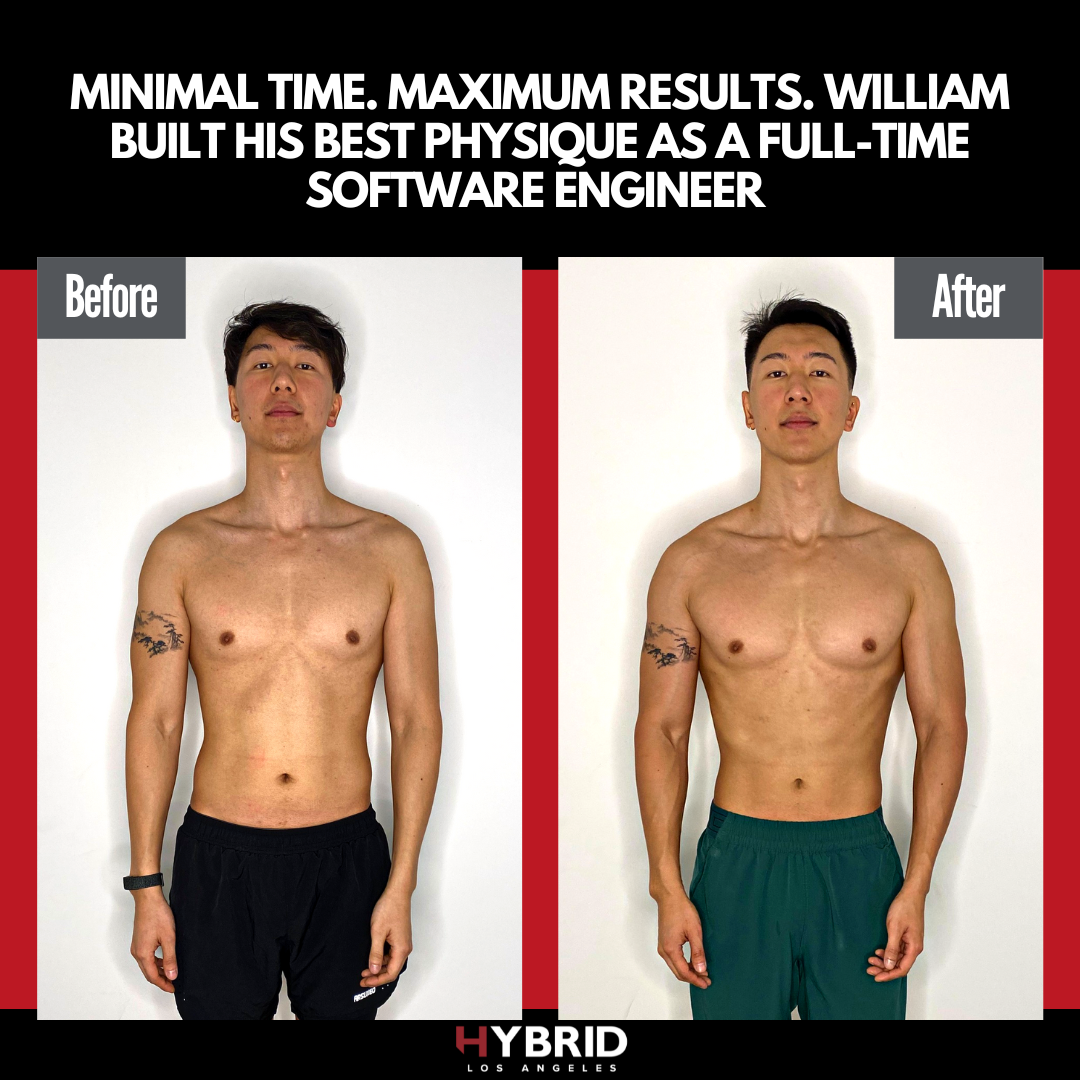
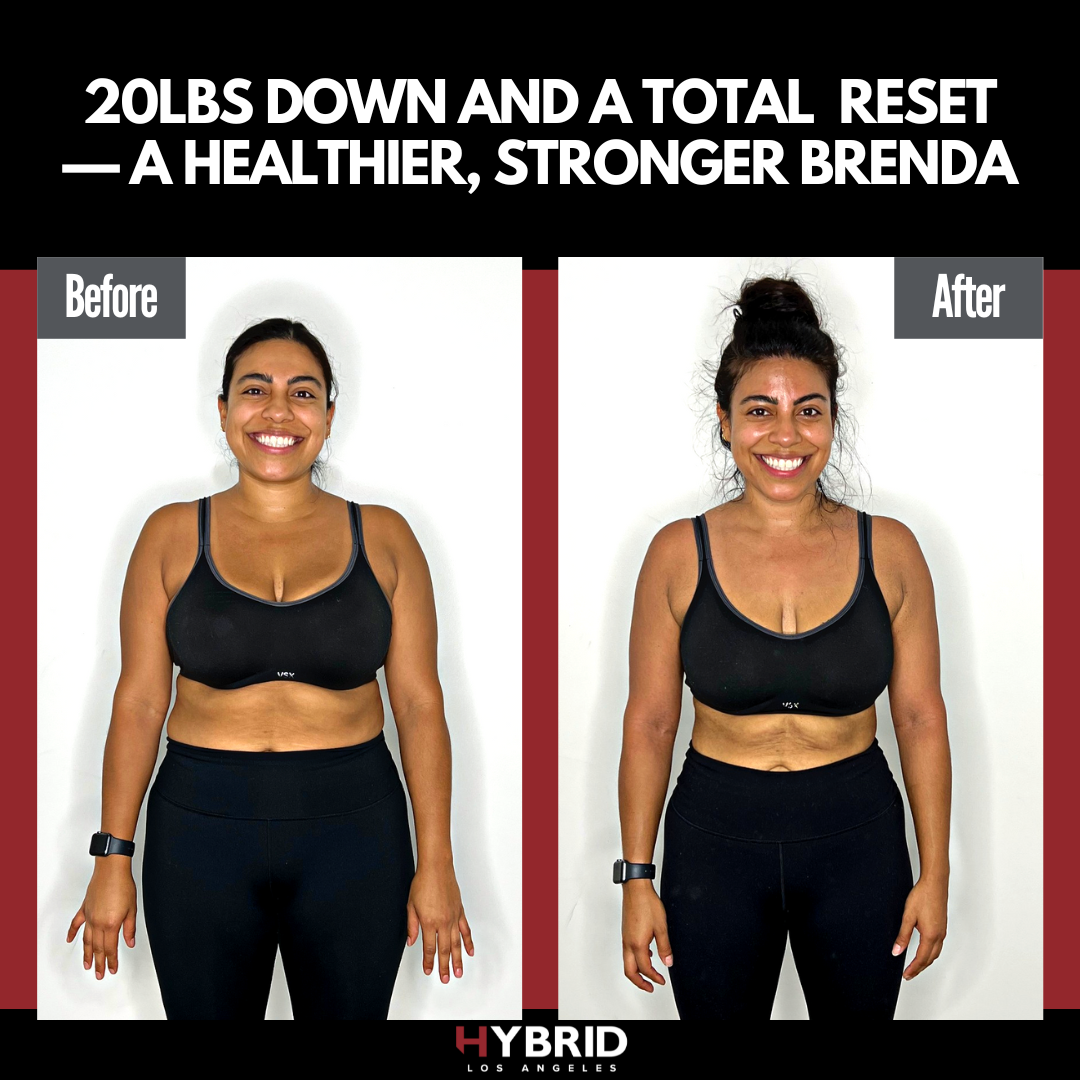
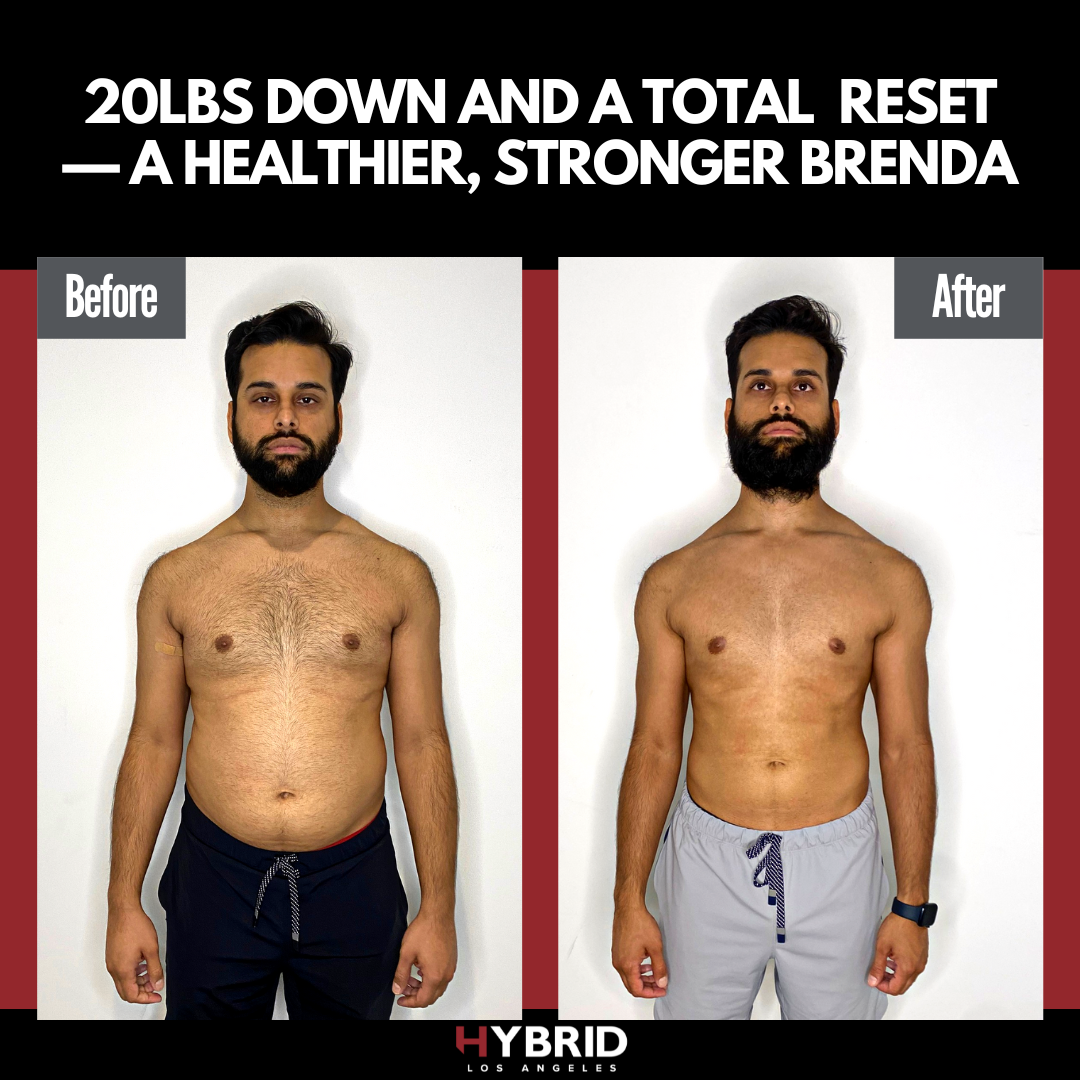
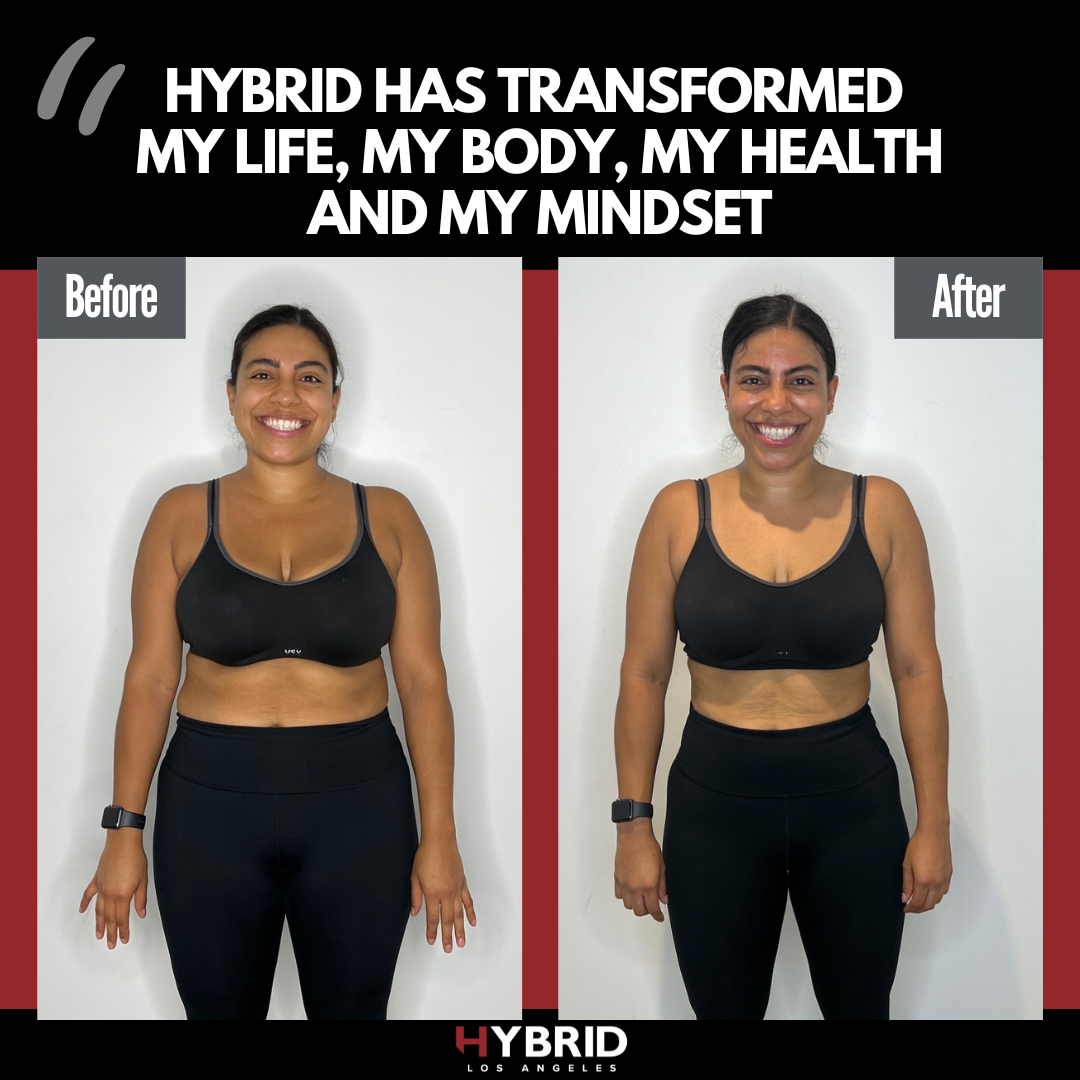
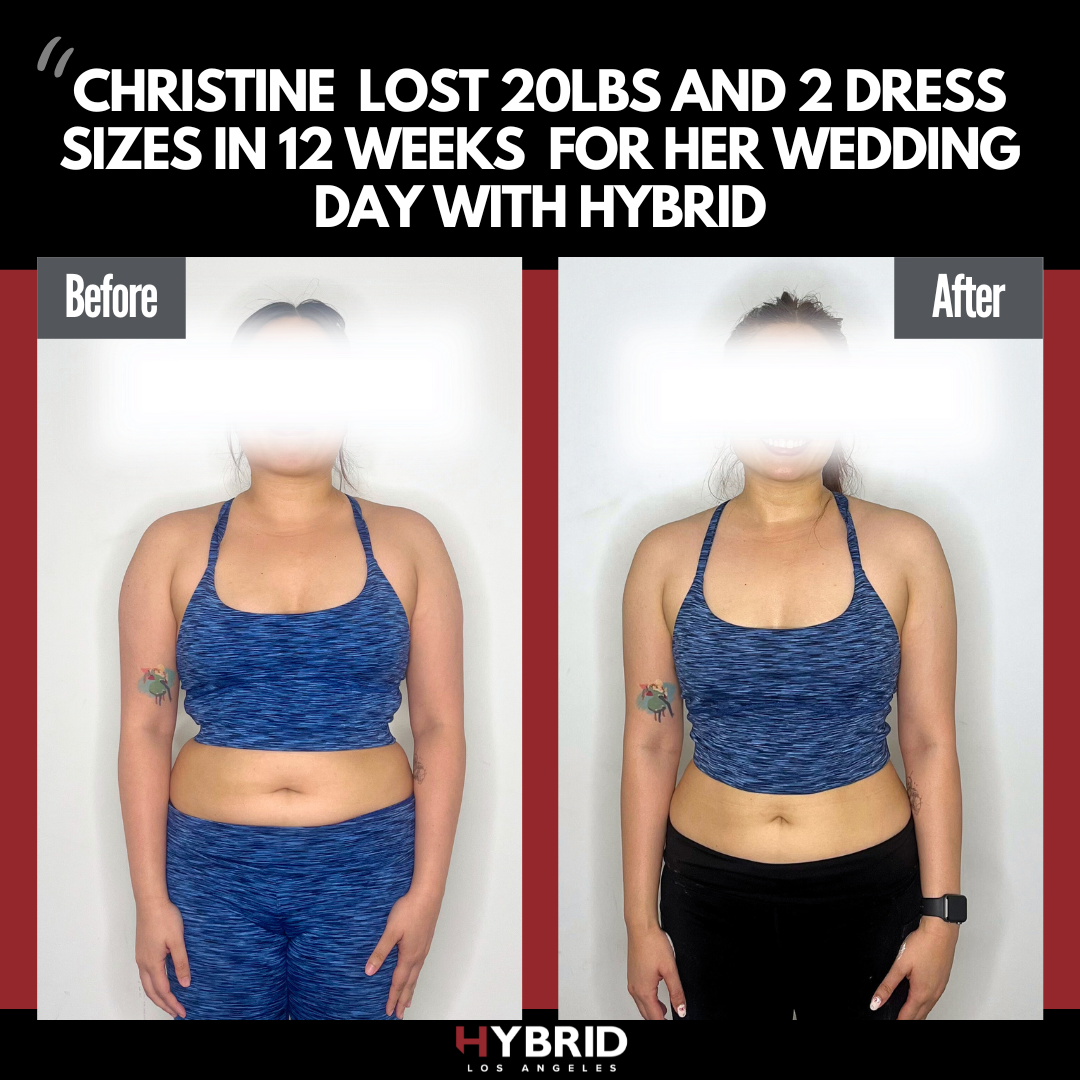
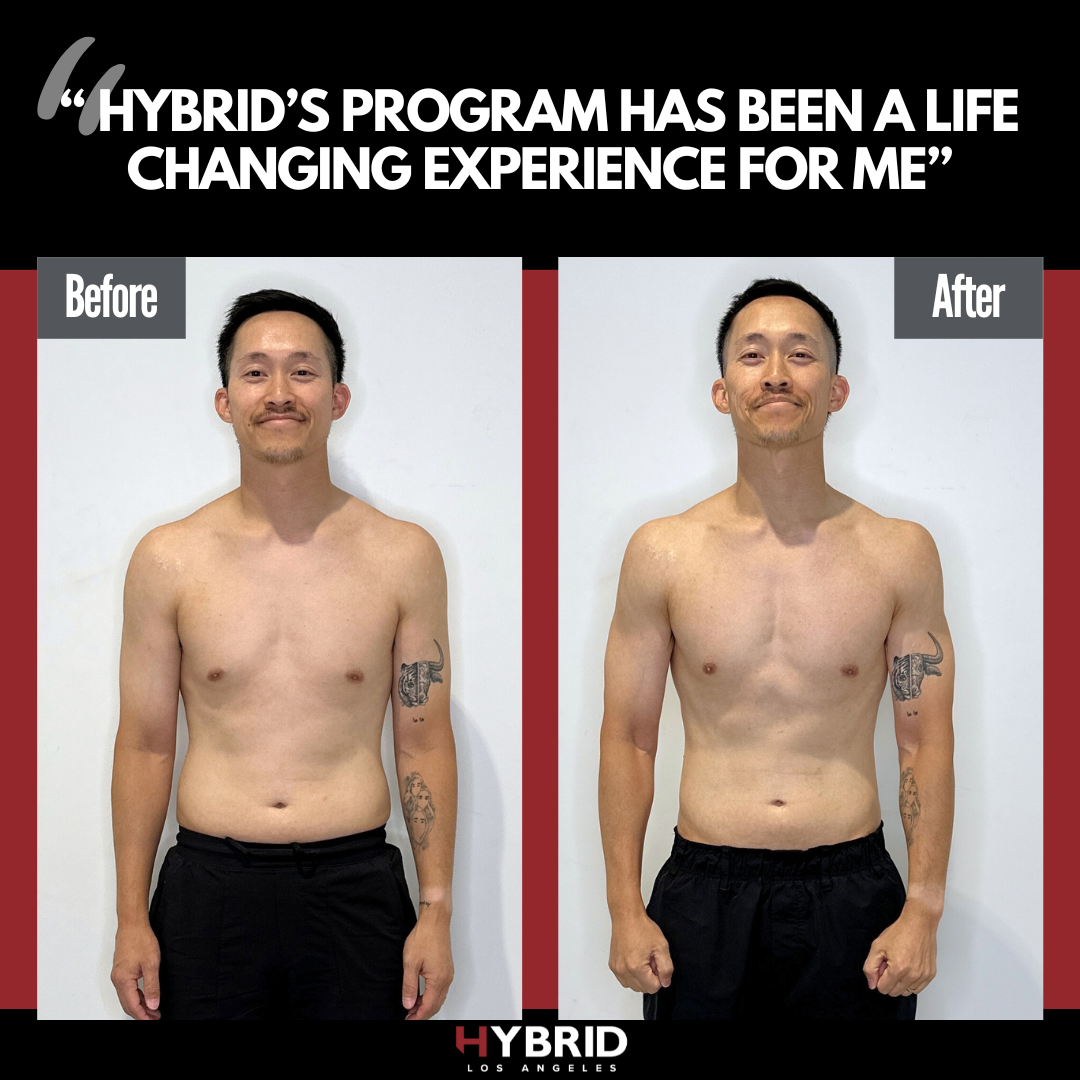
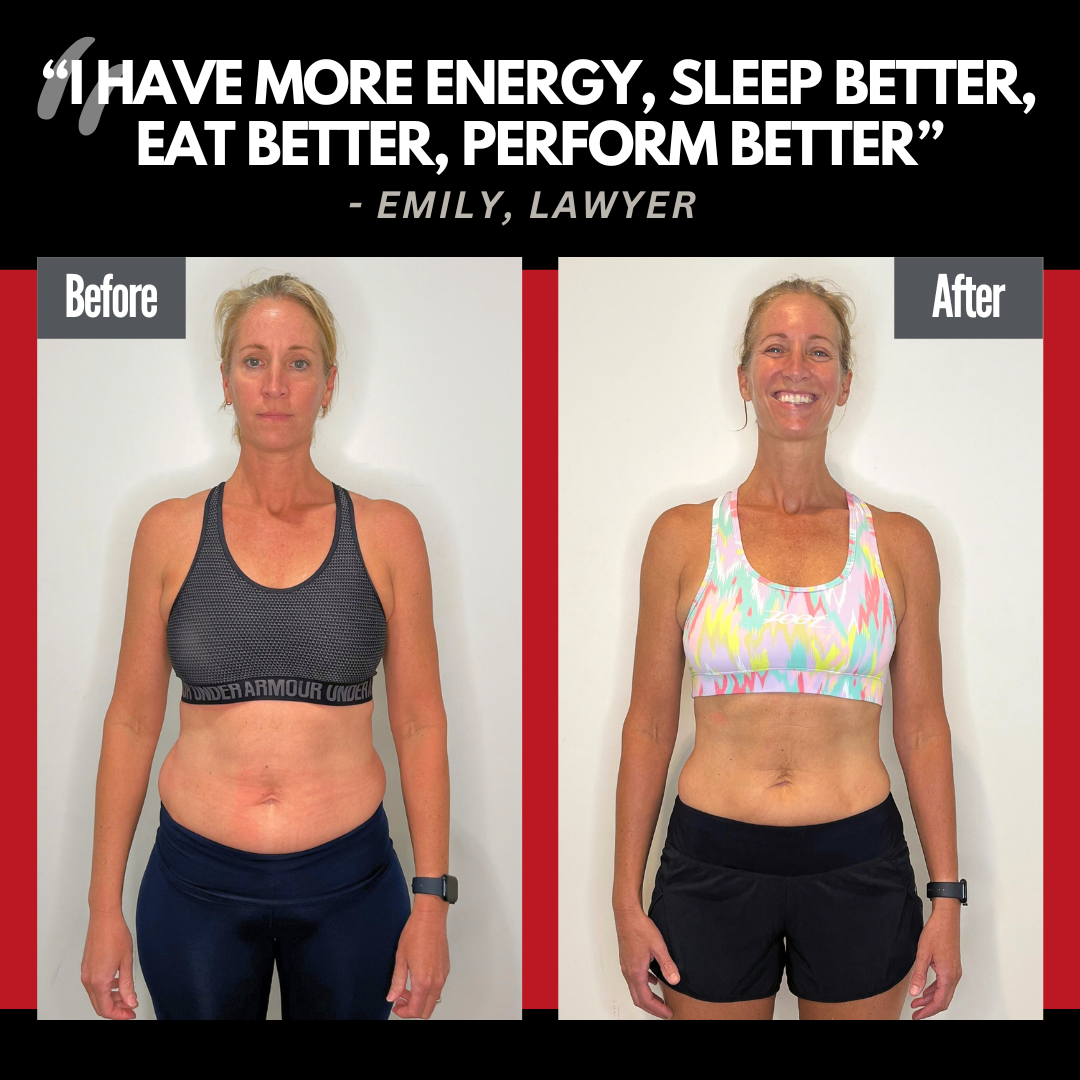
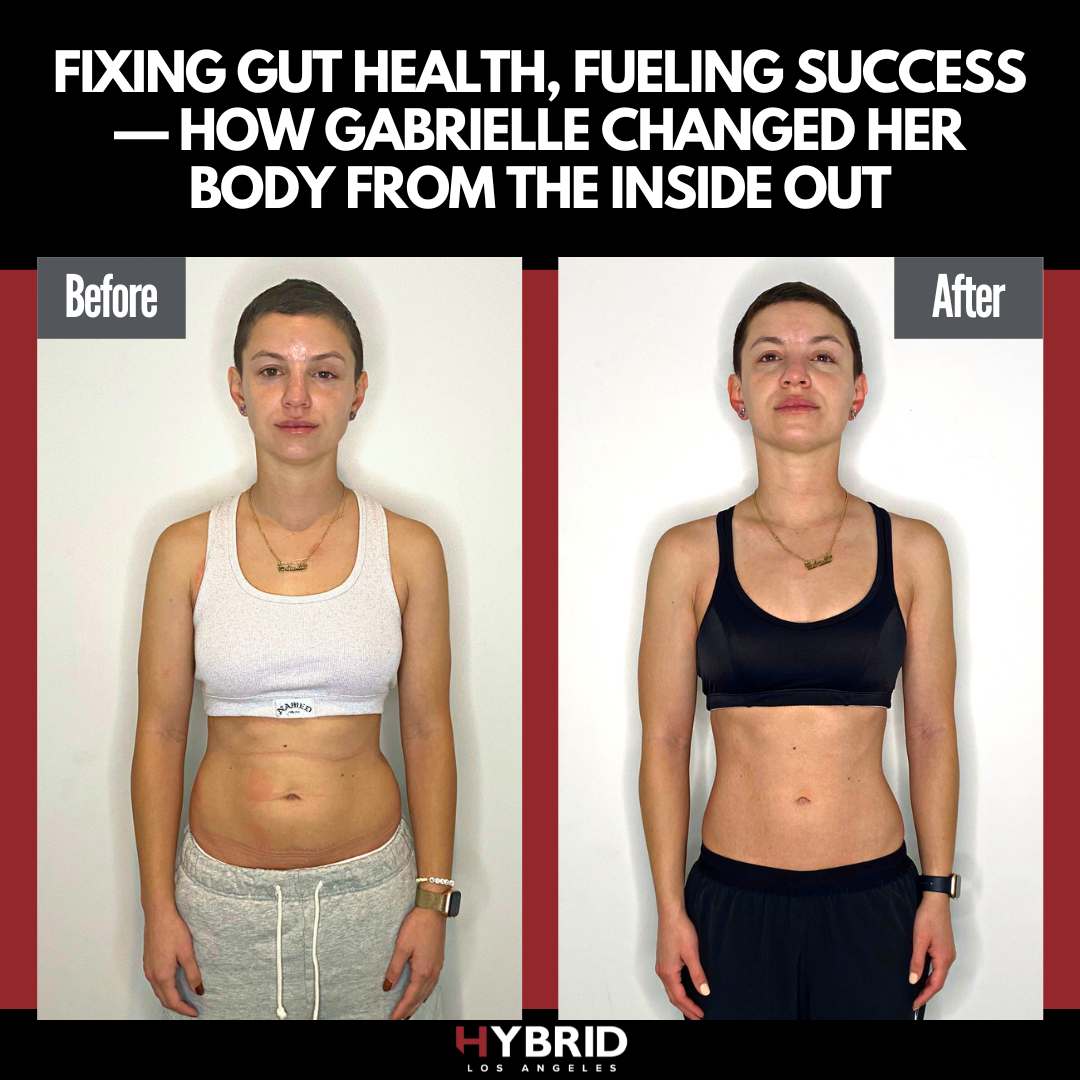
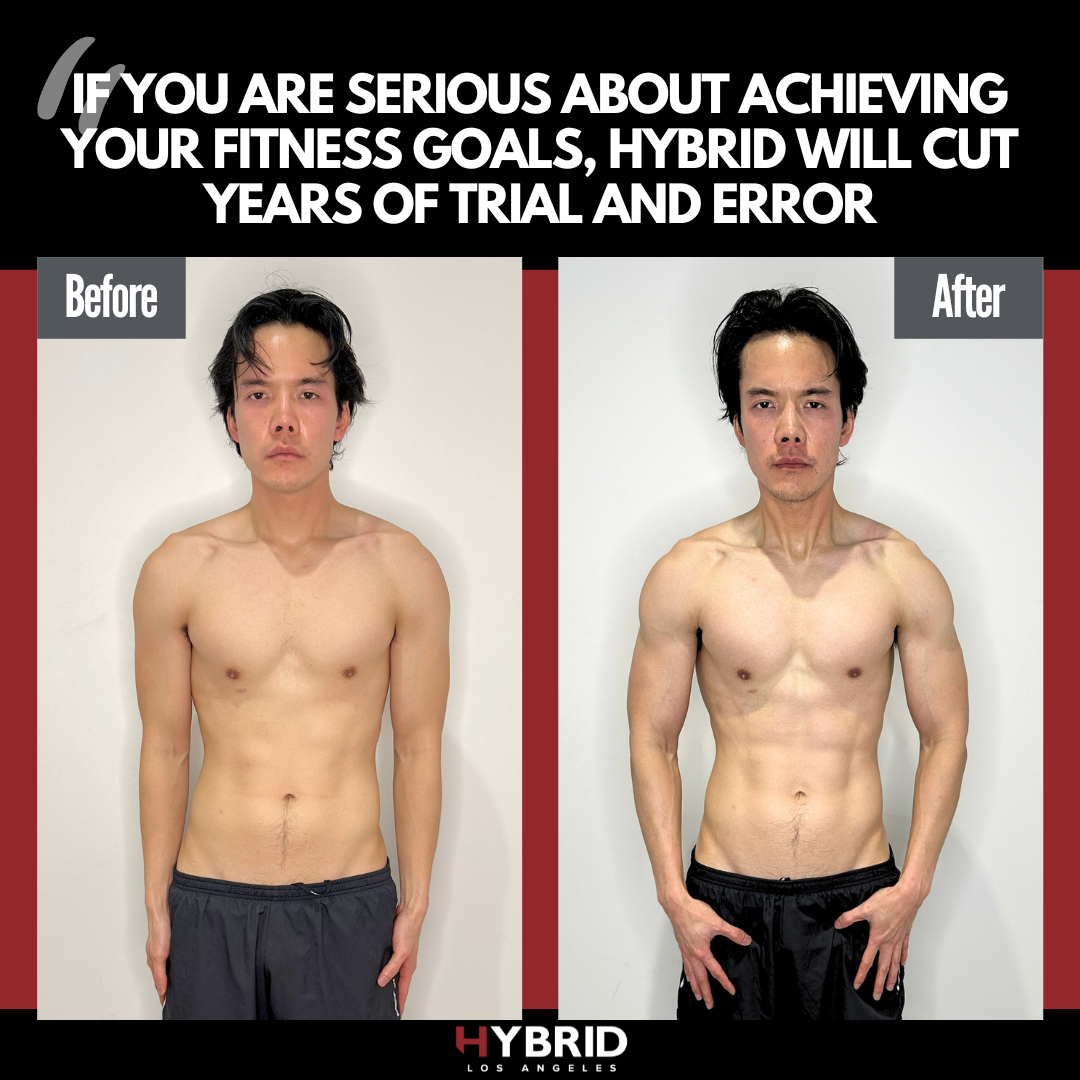
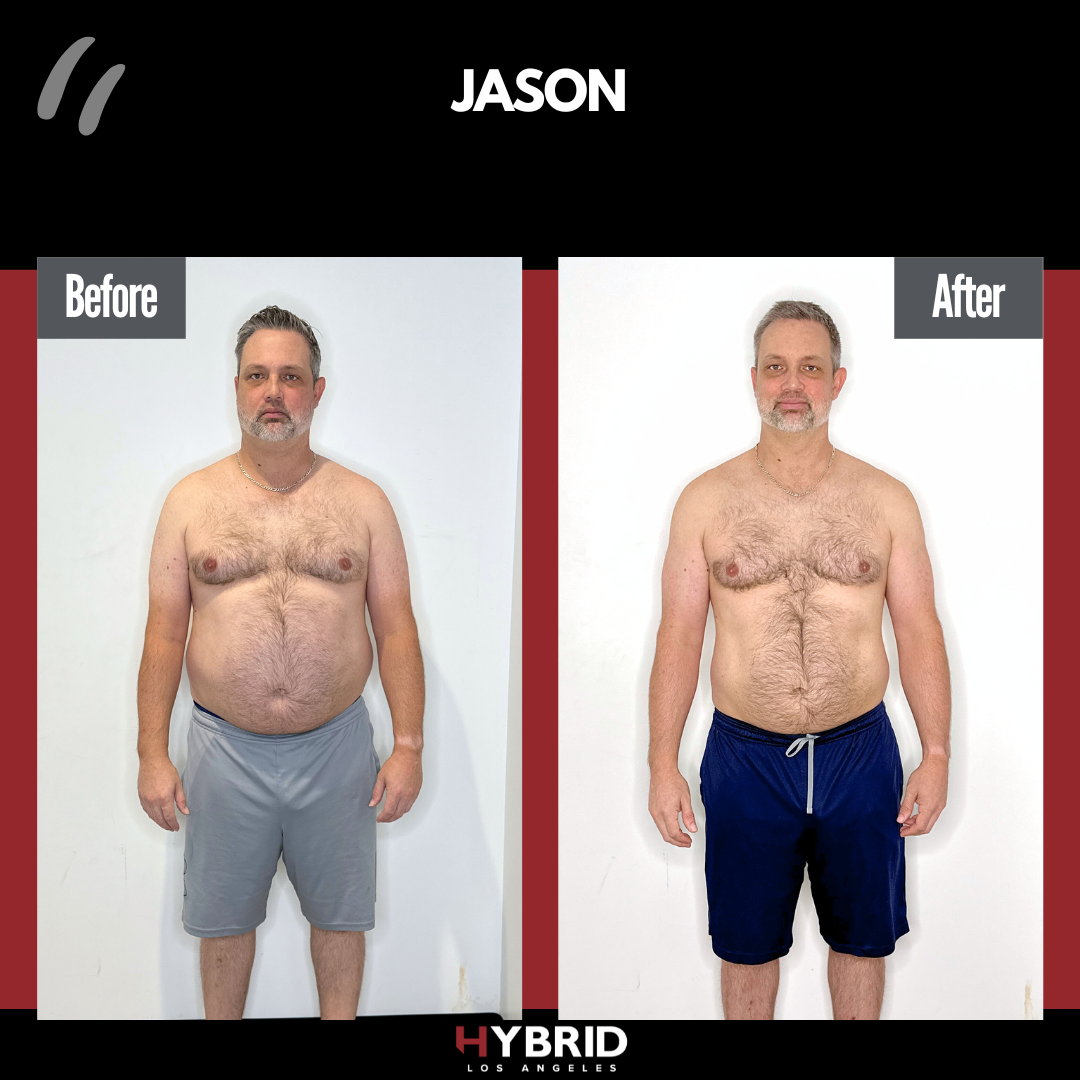
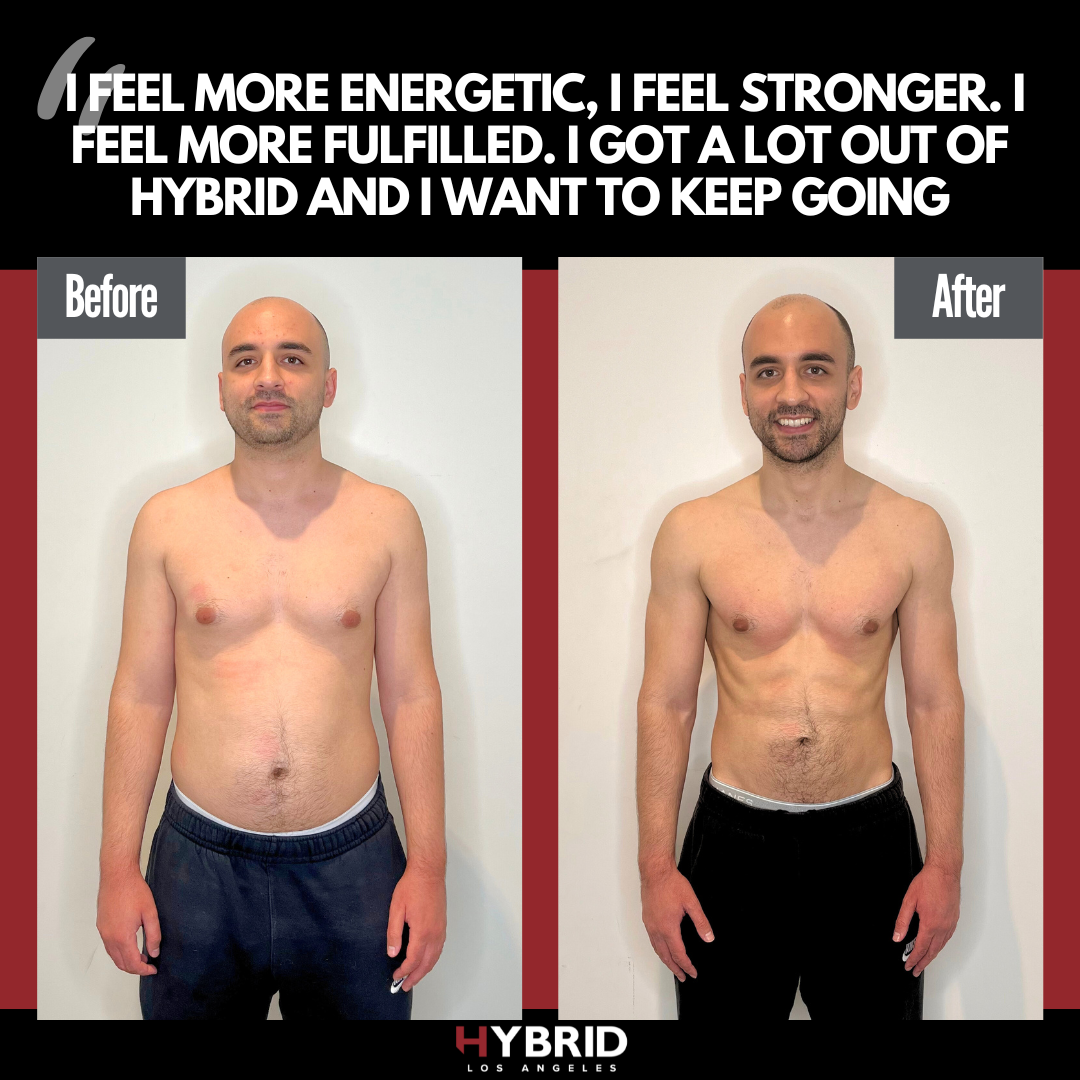
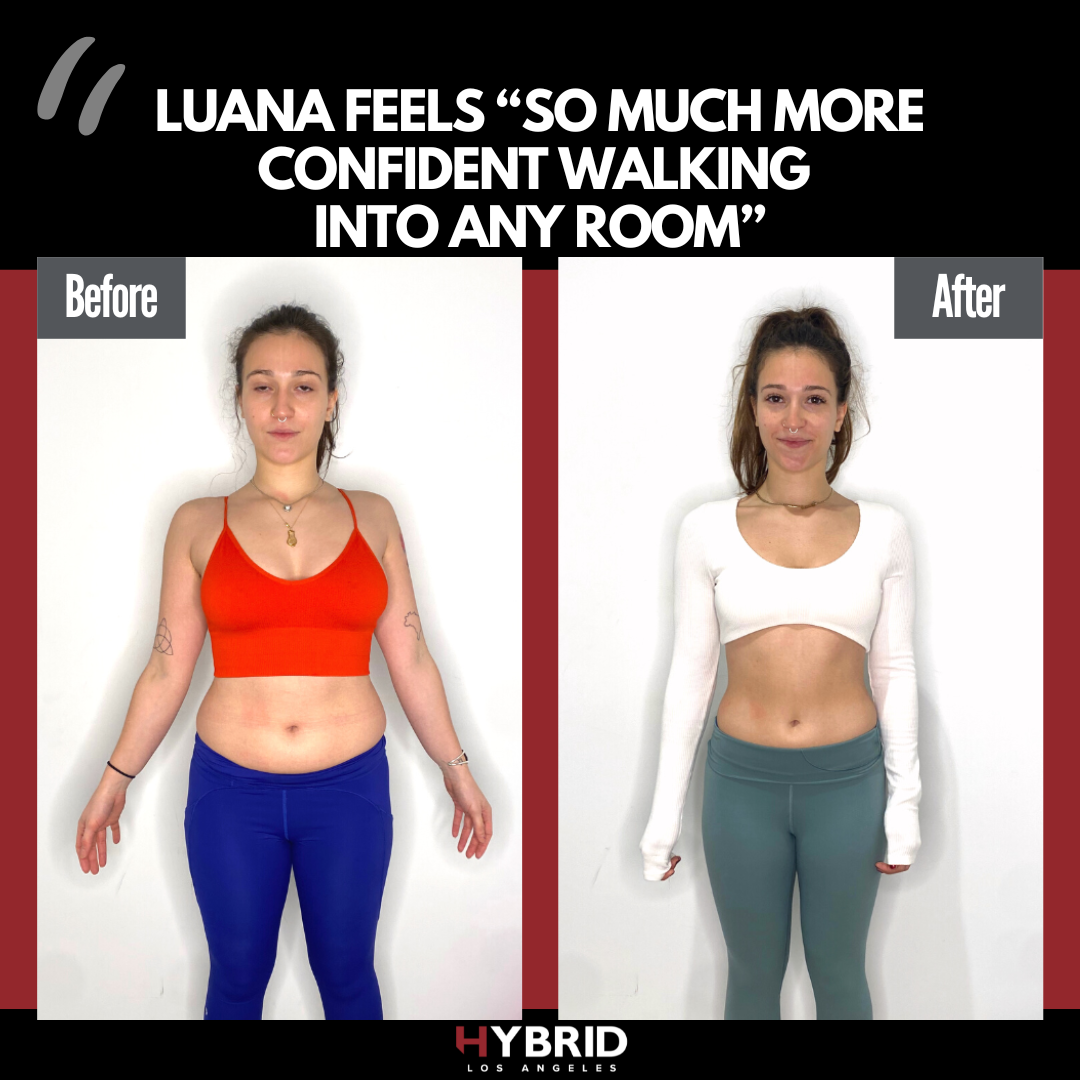
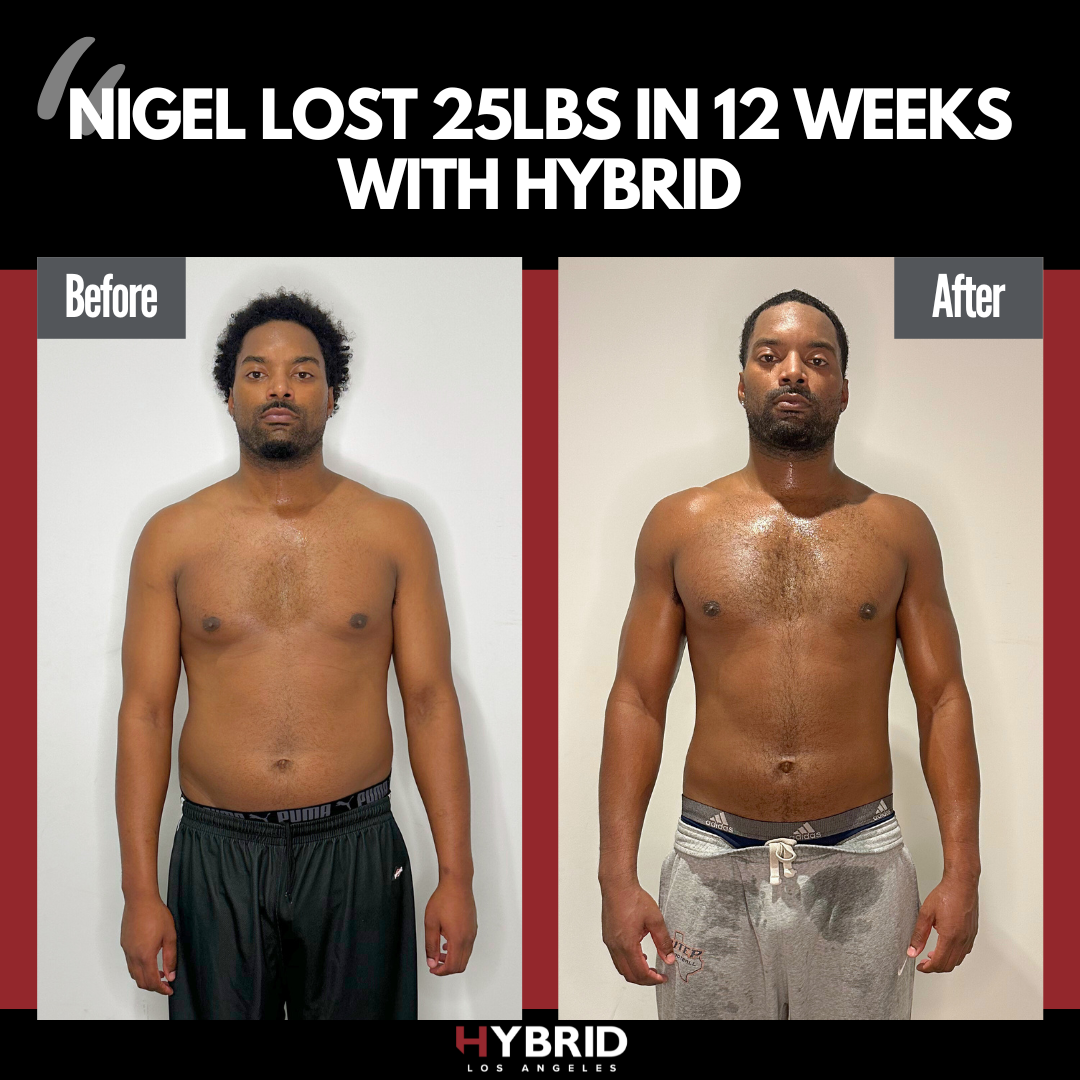
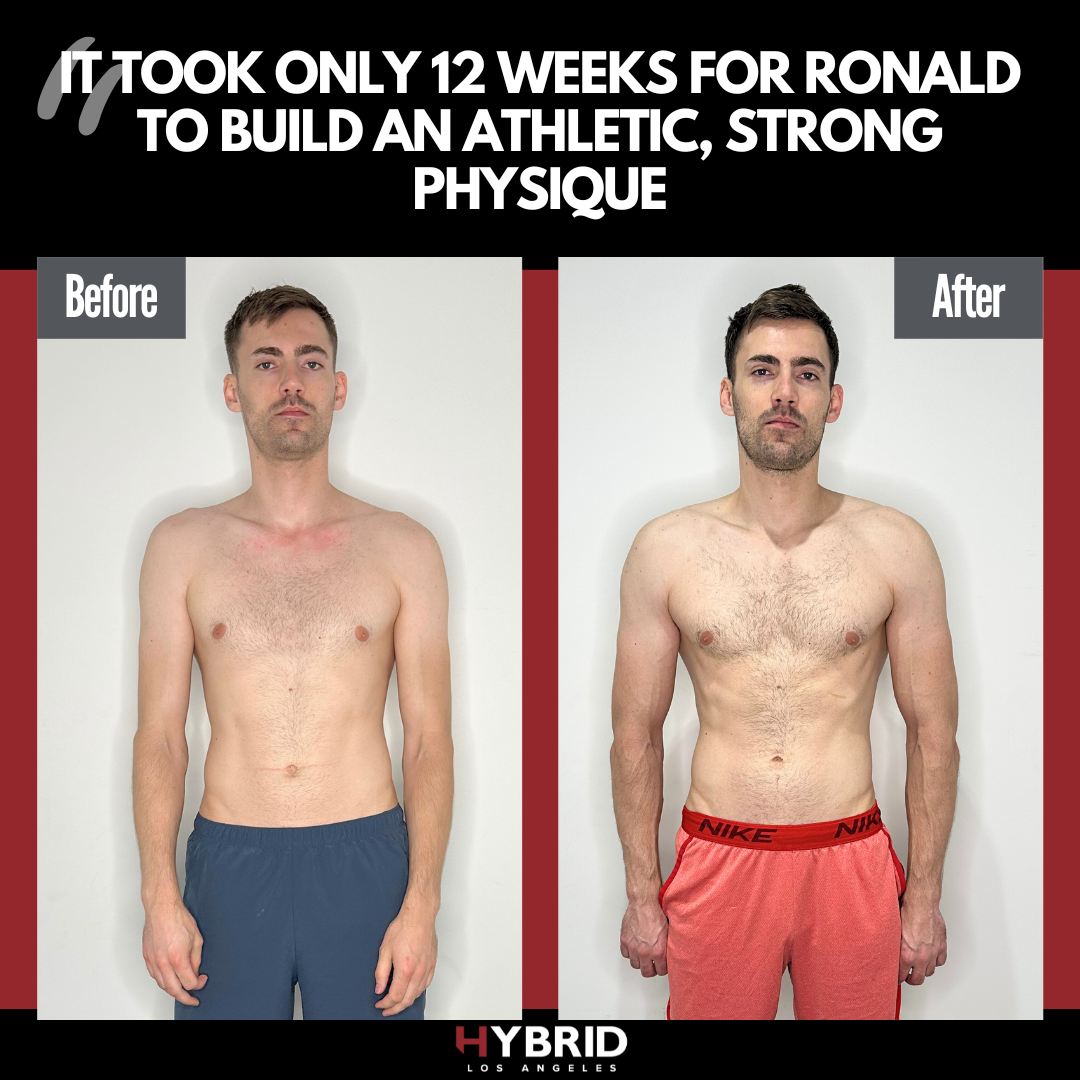
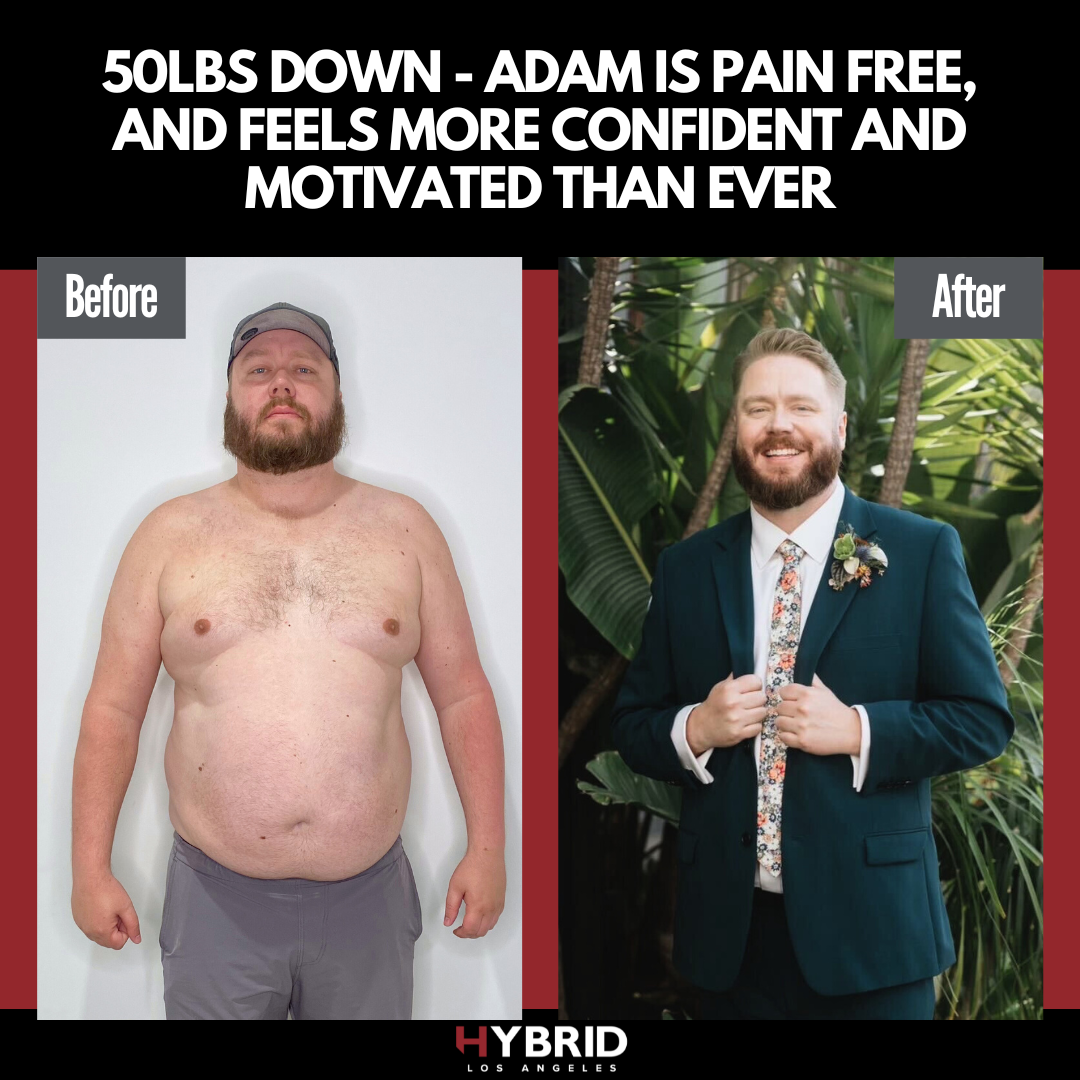
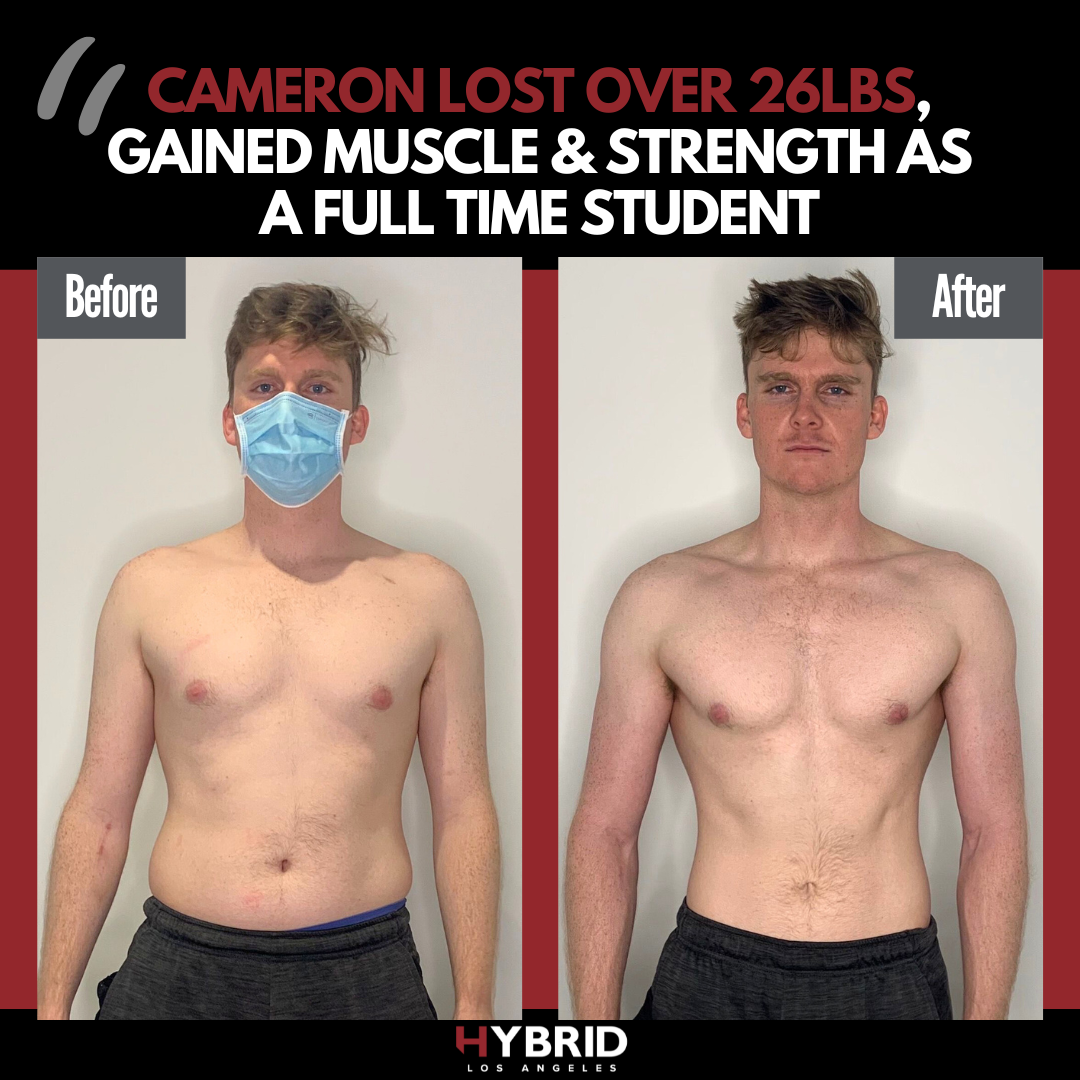
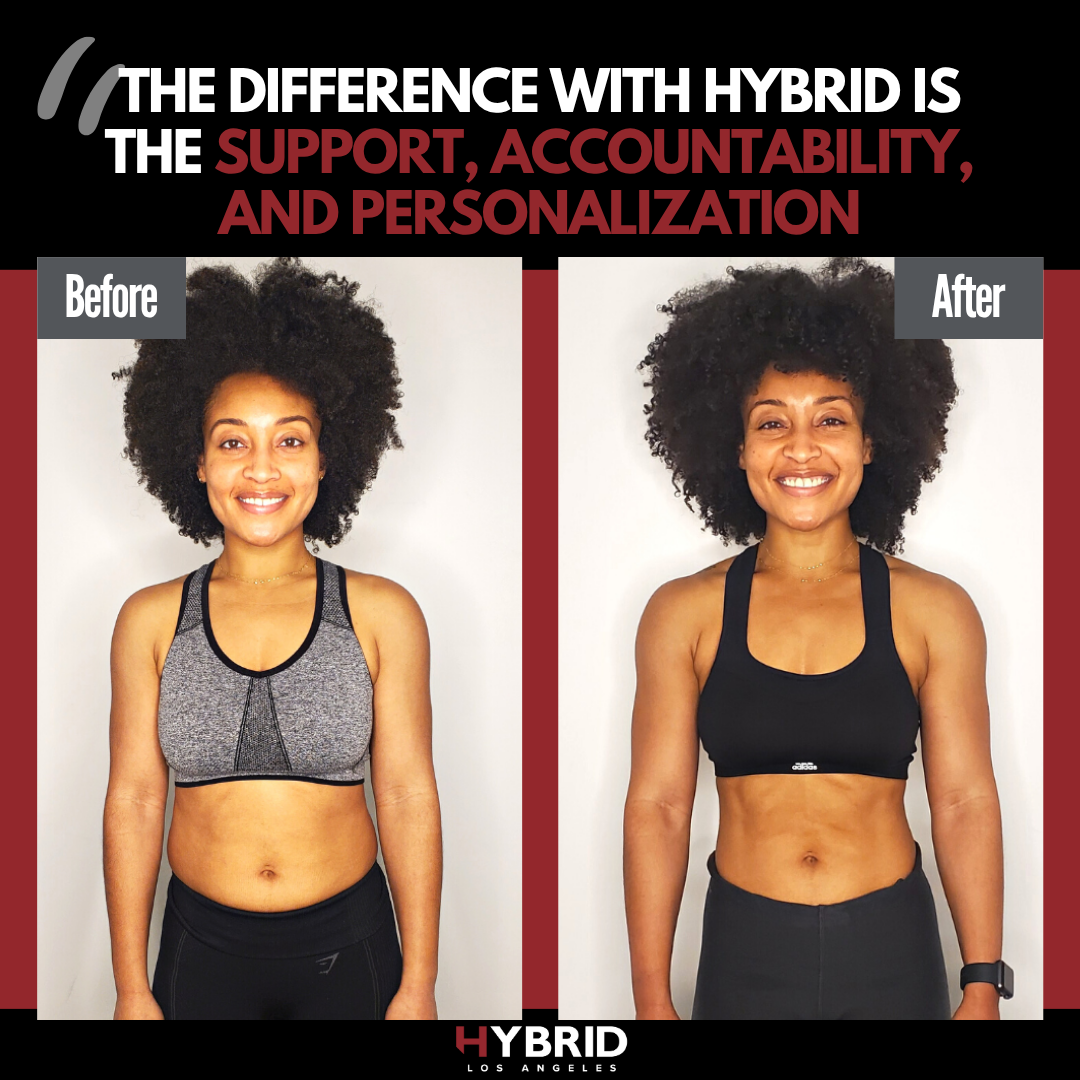
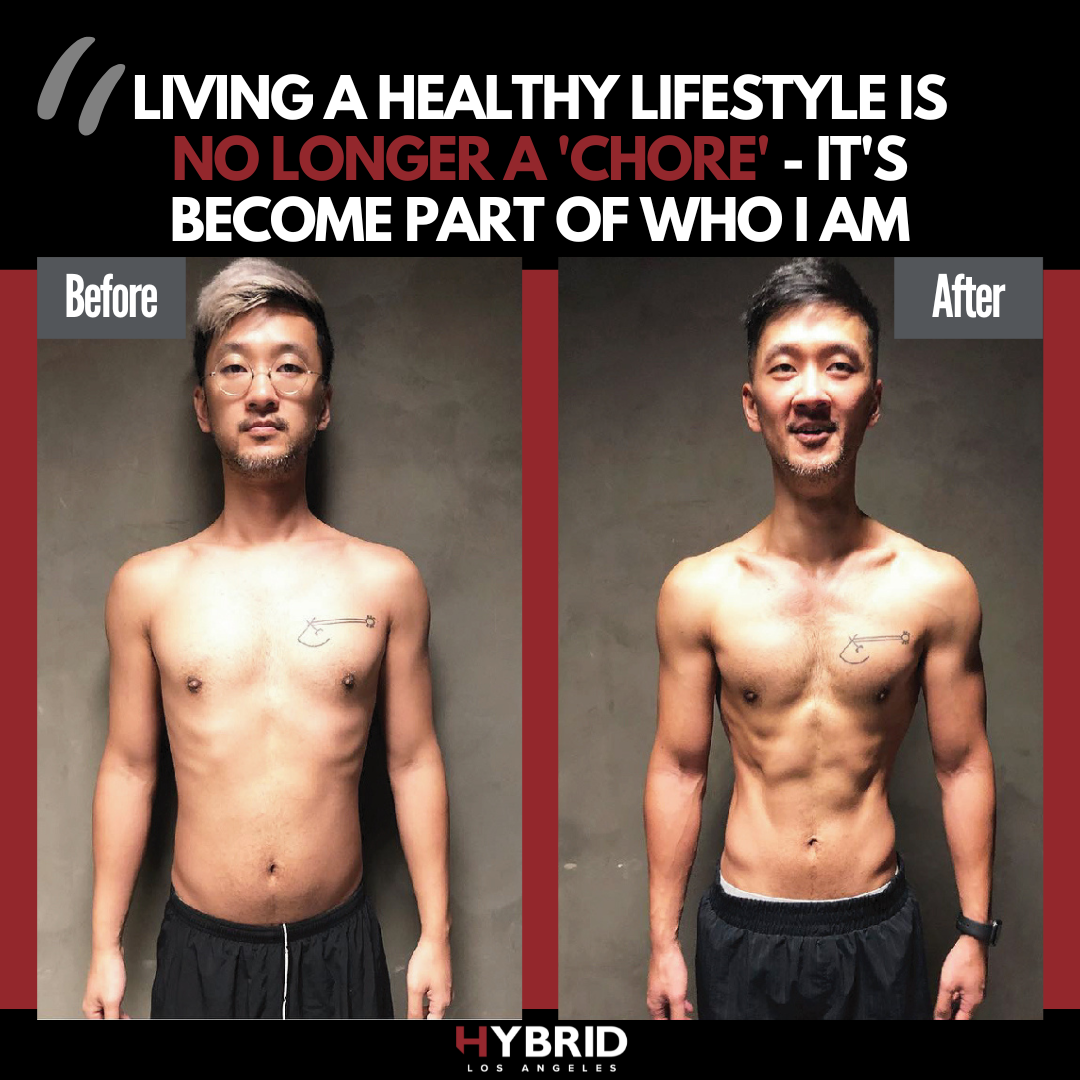
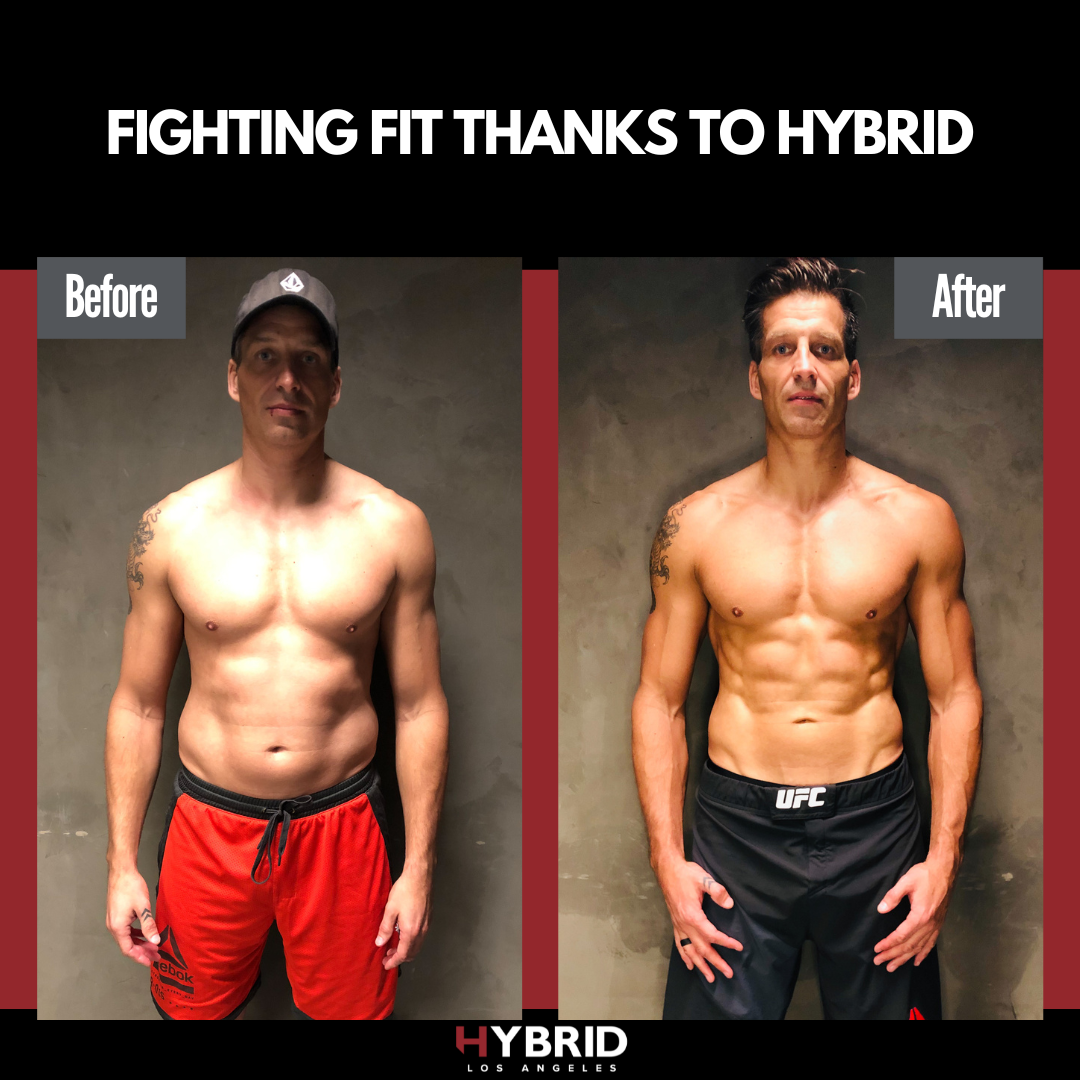
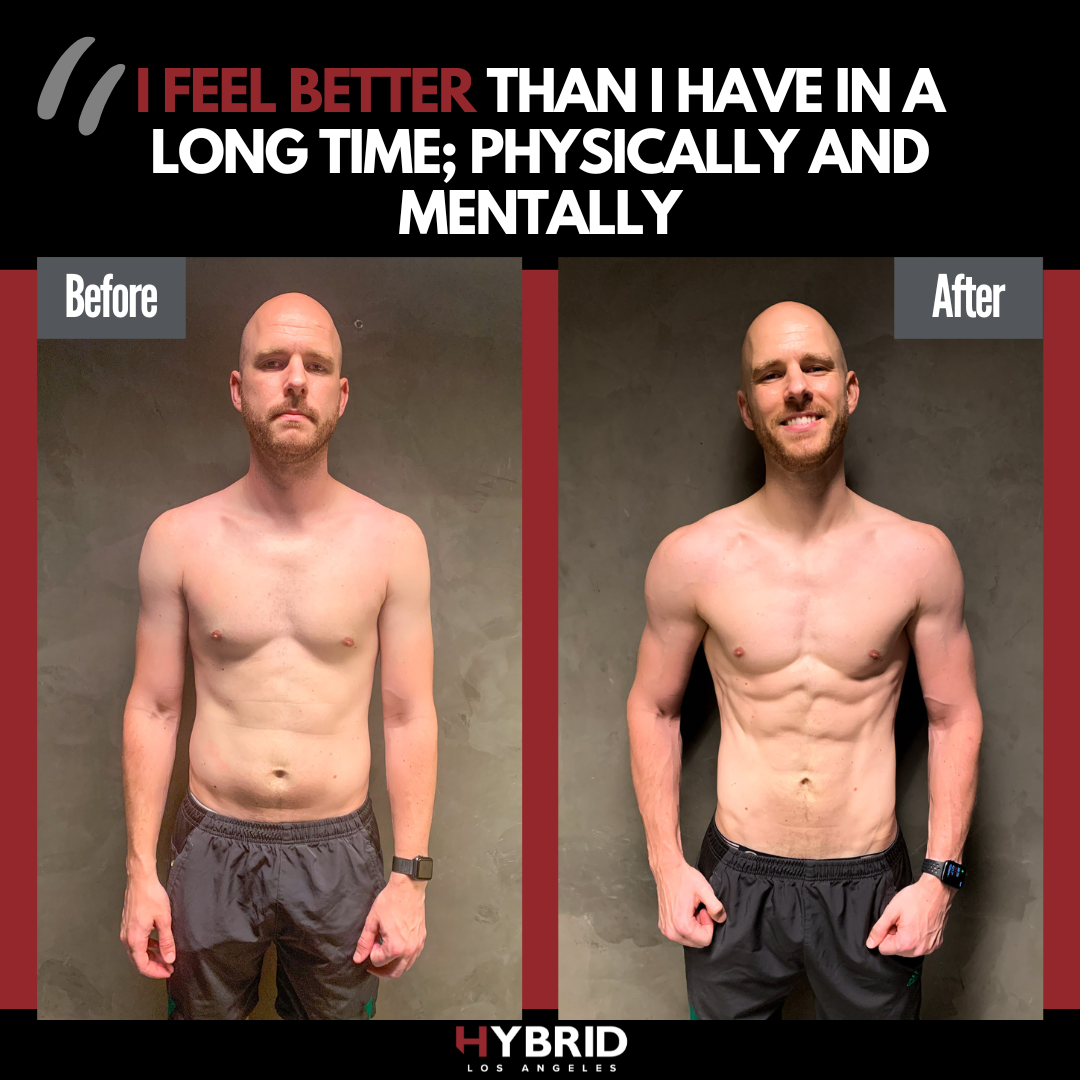
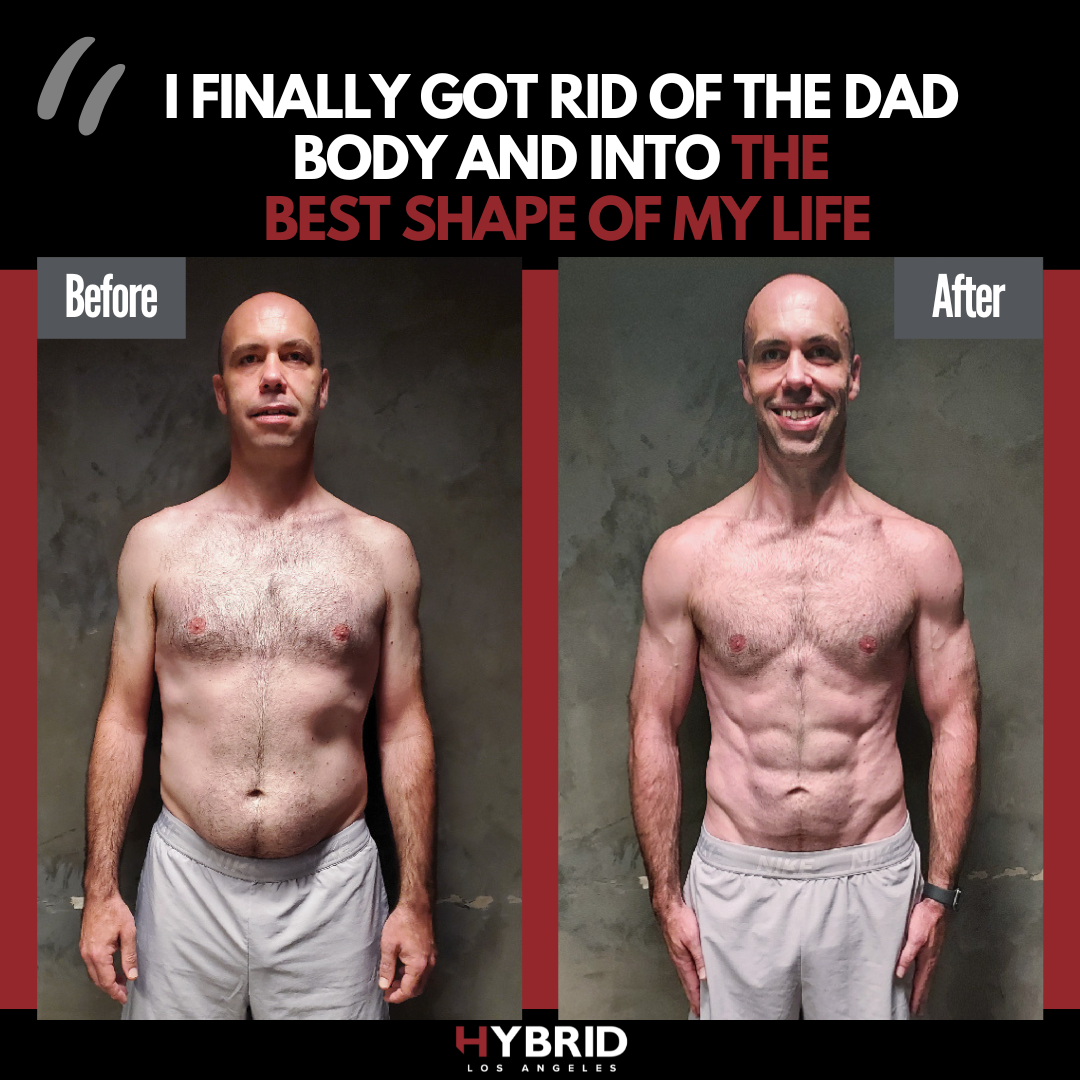
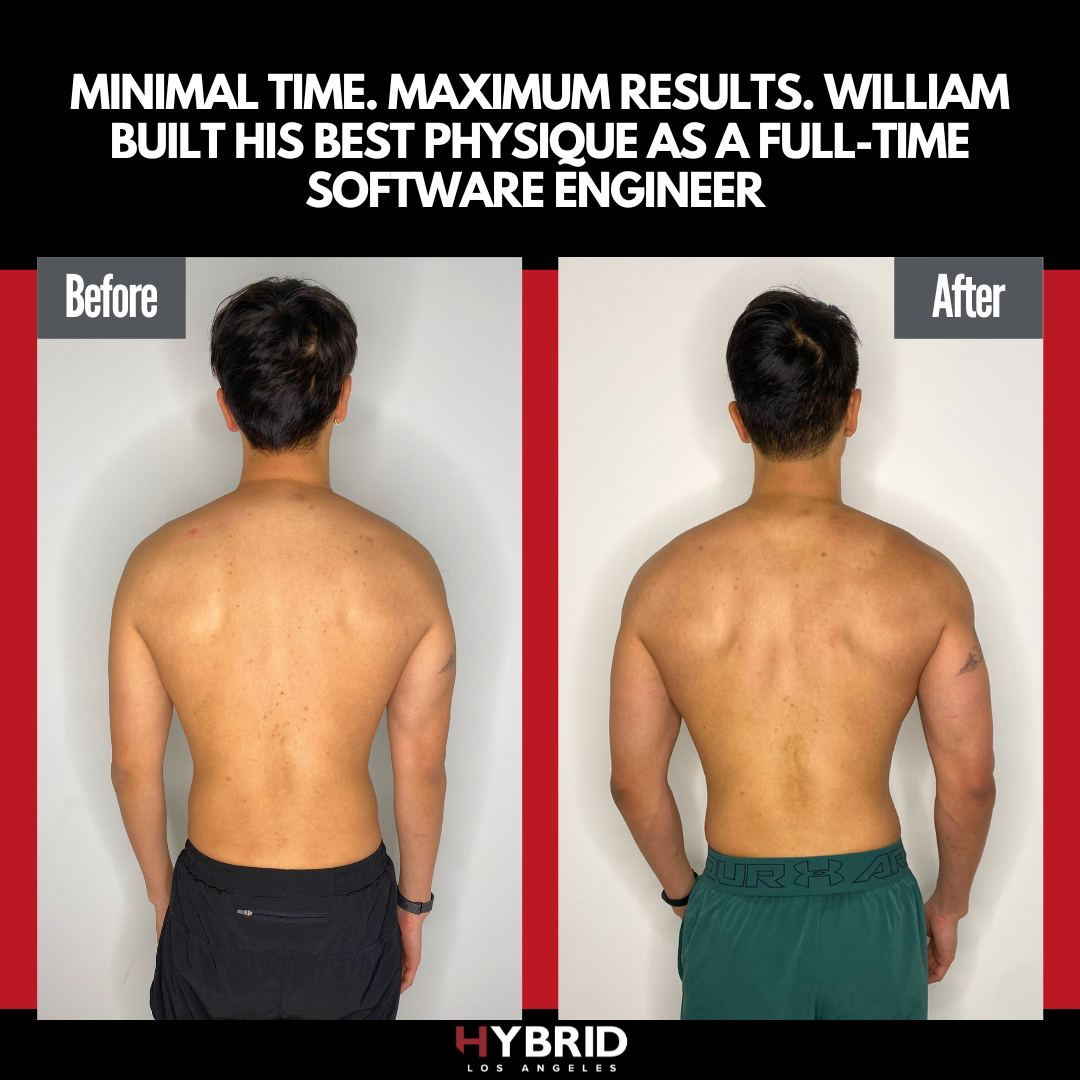
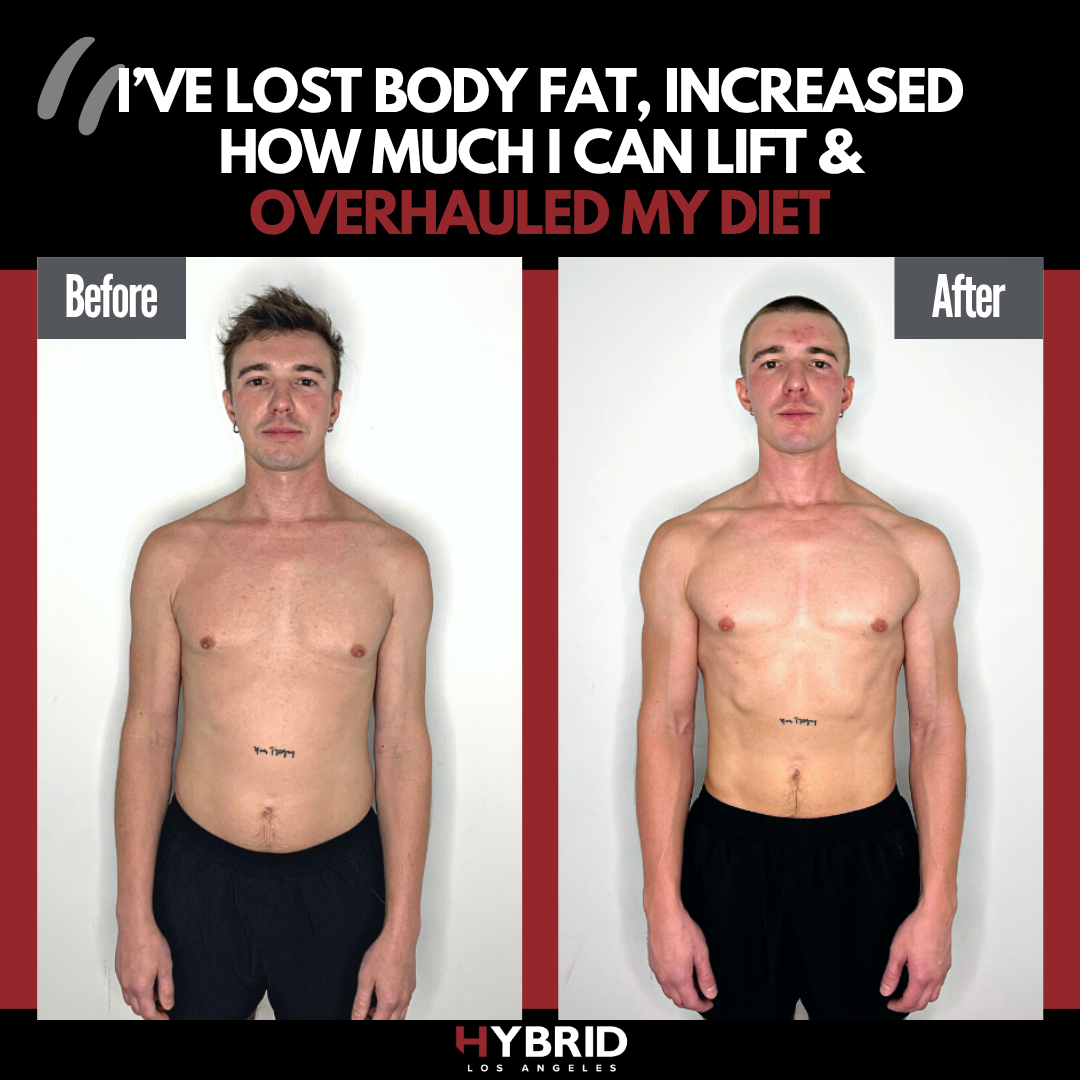
Share On: